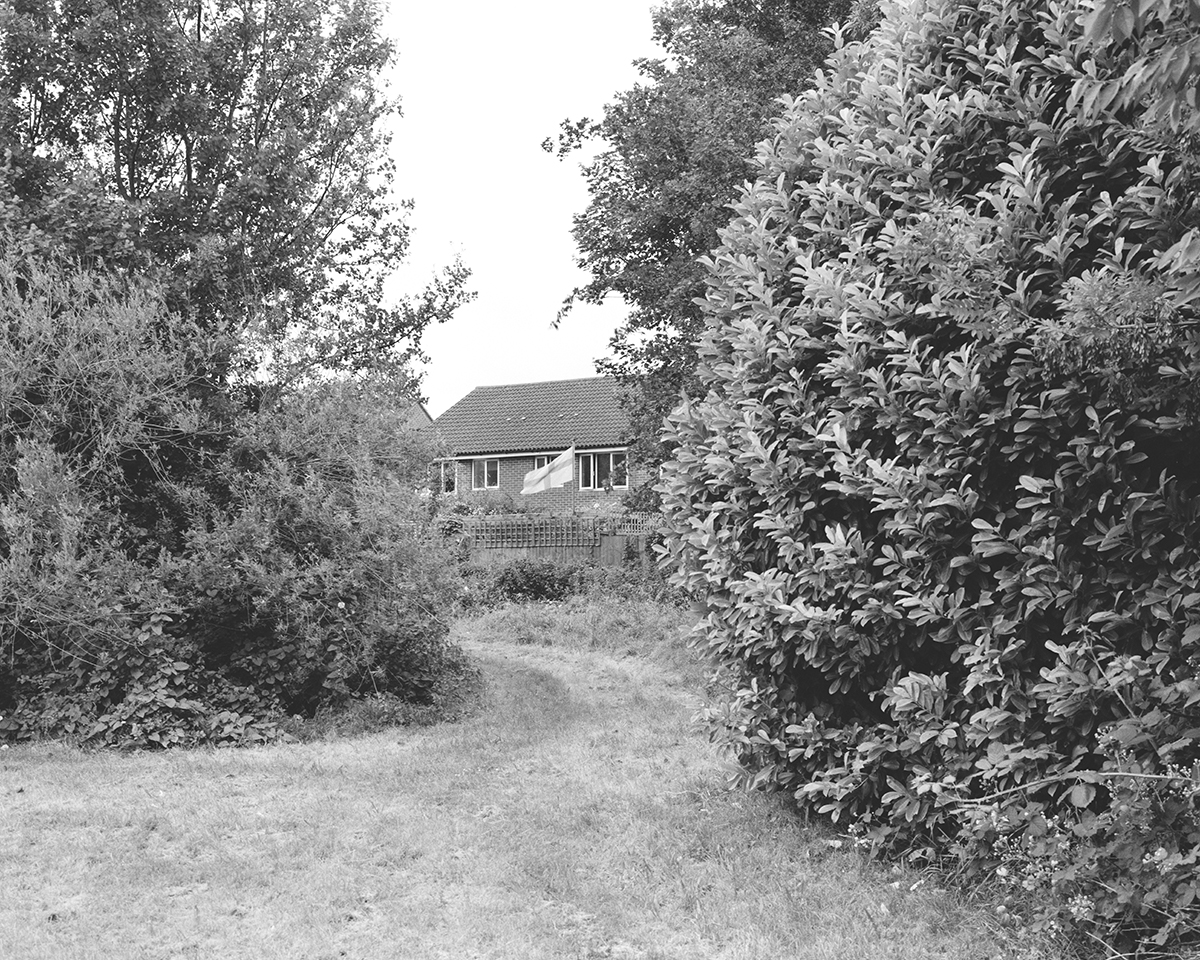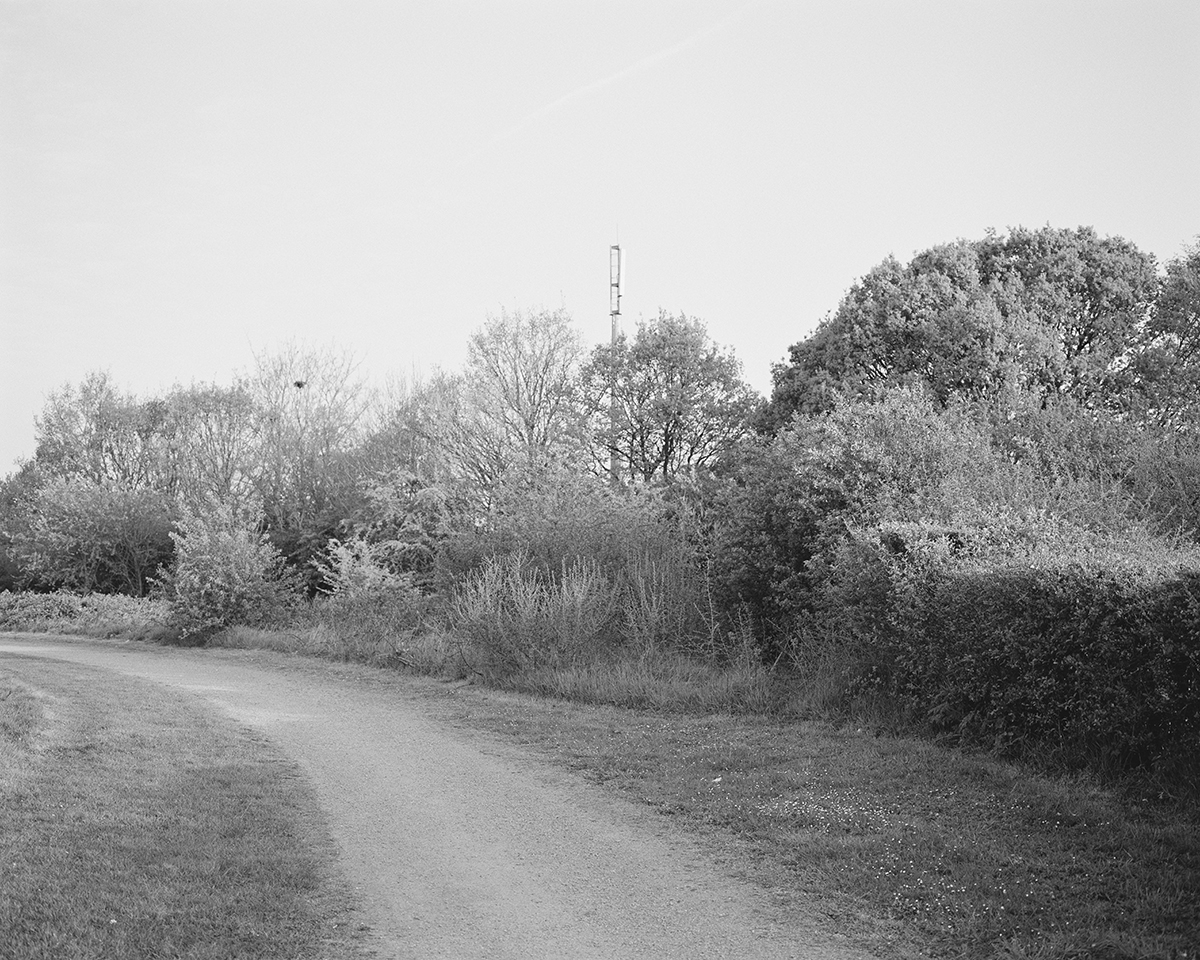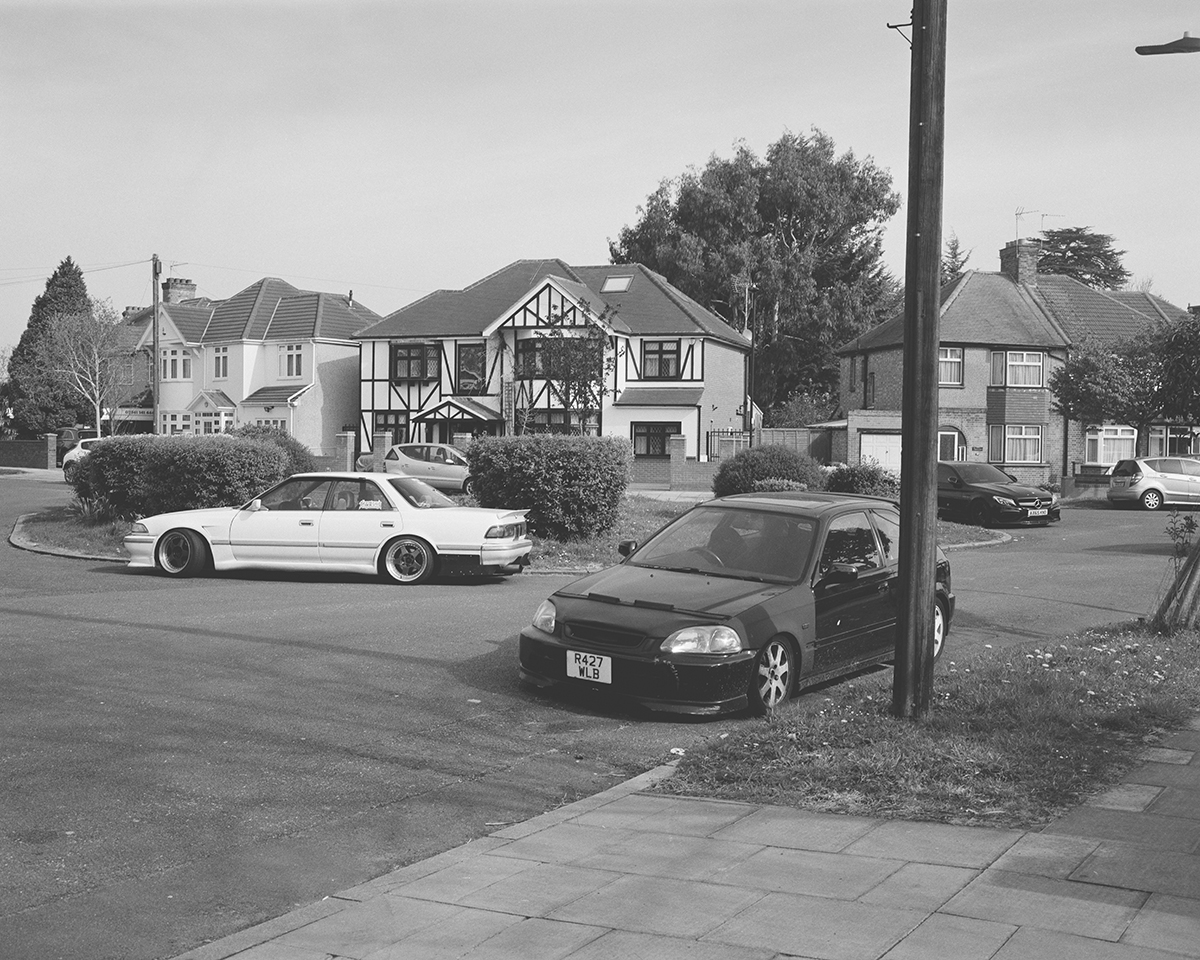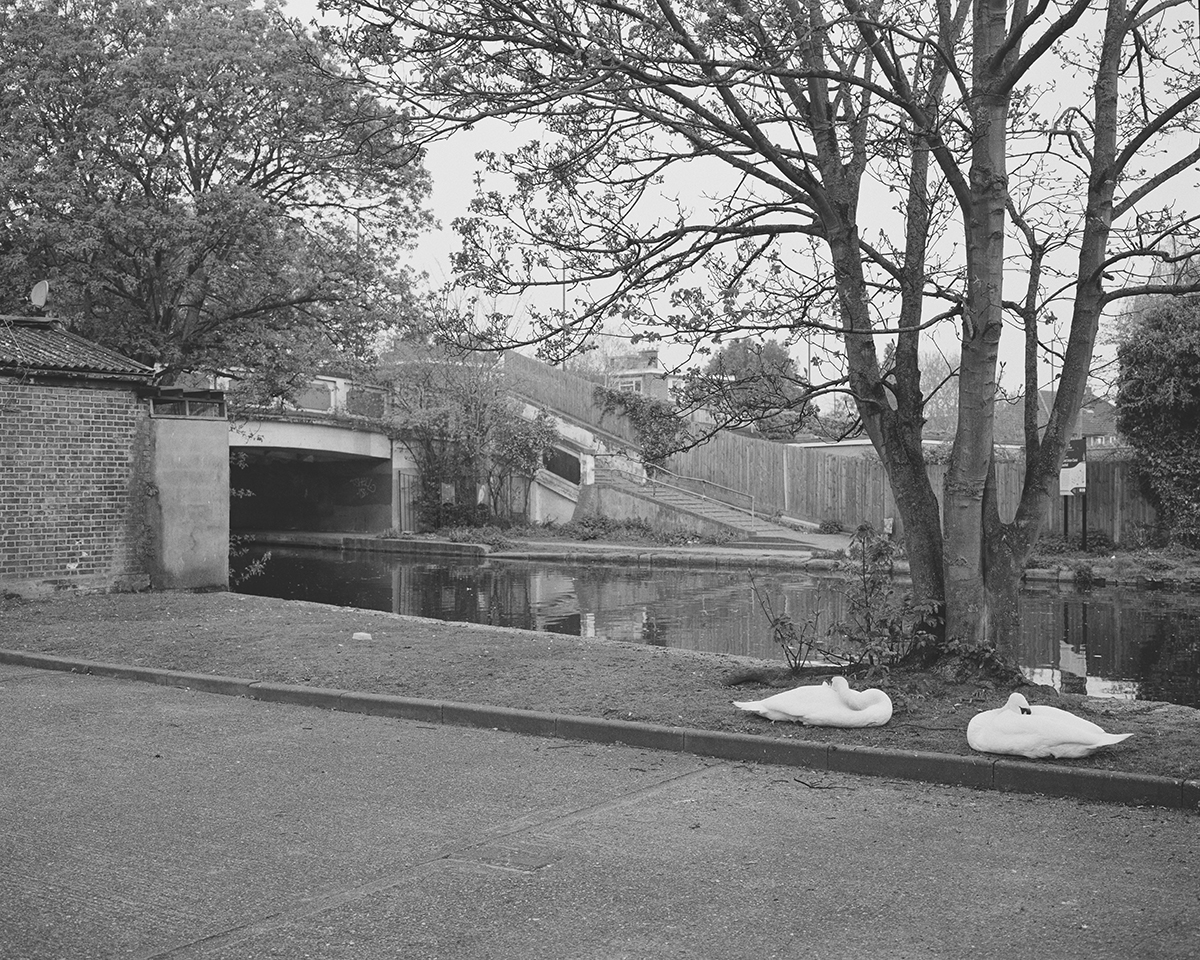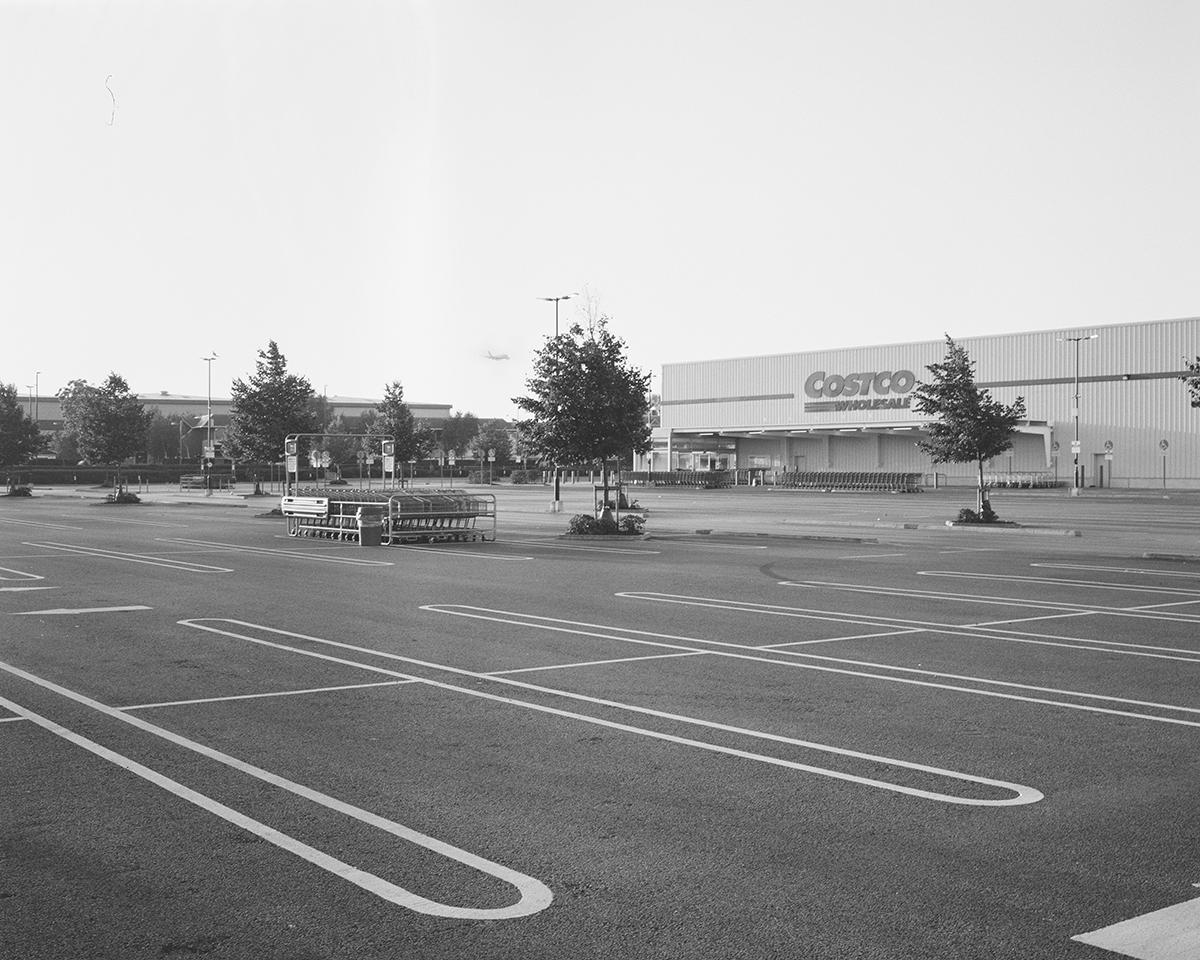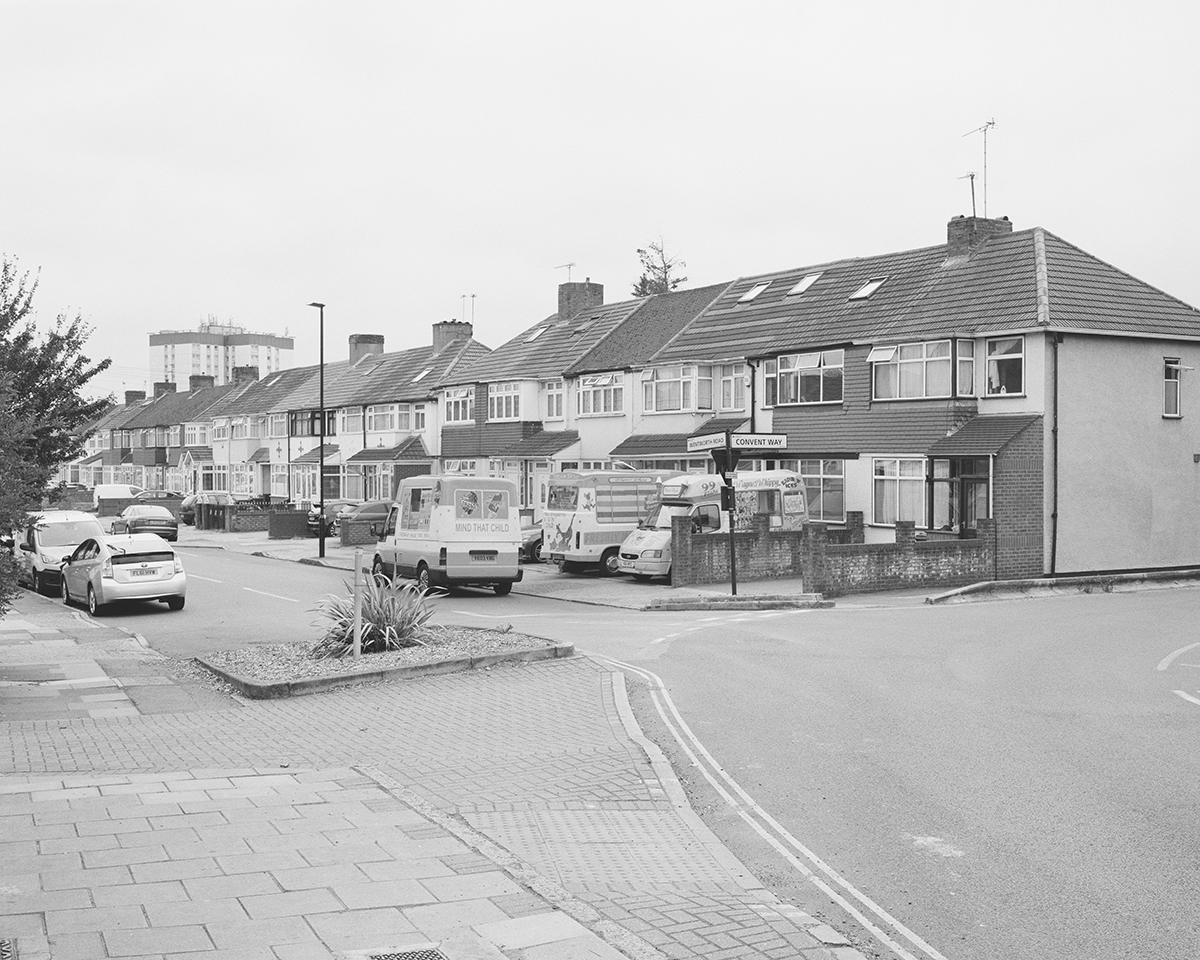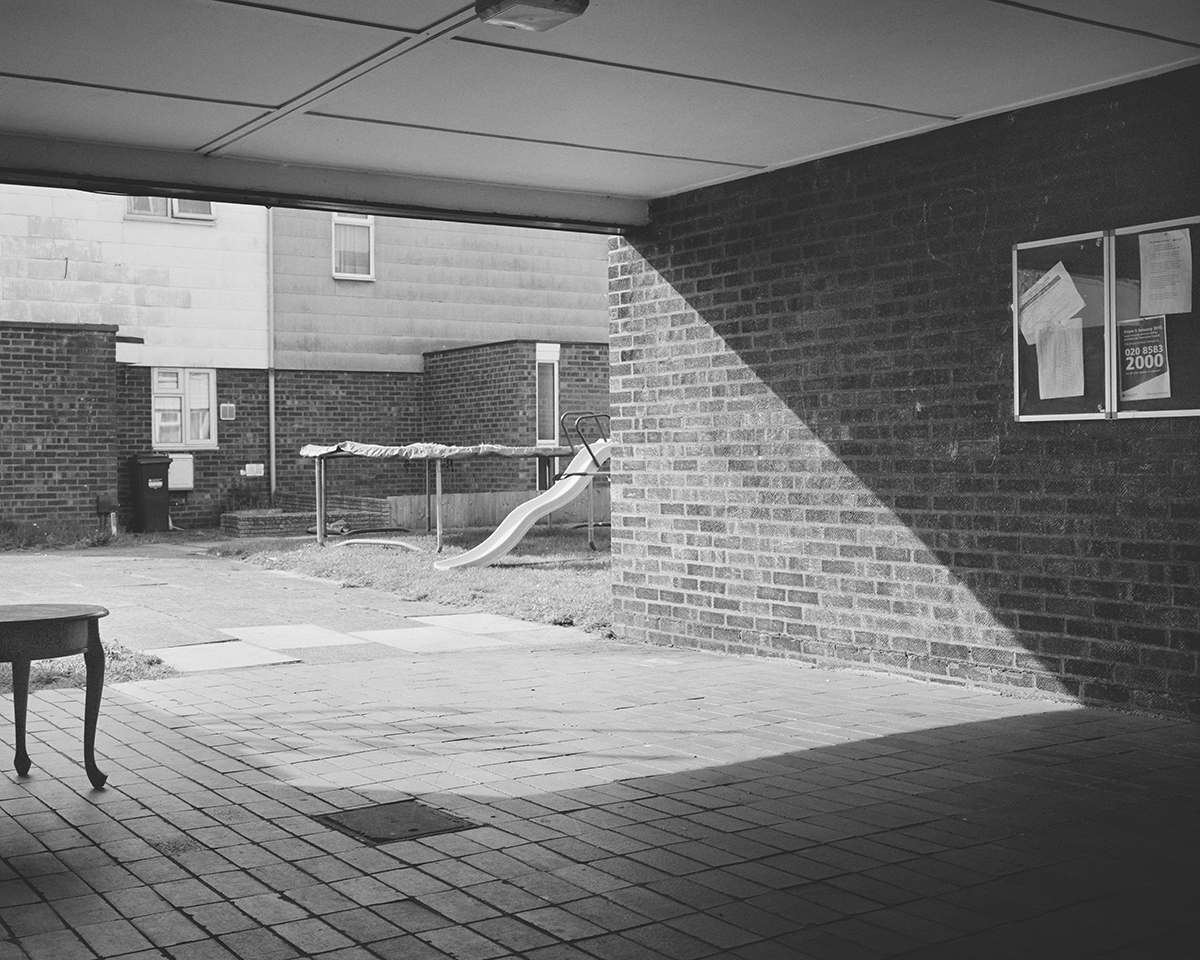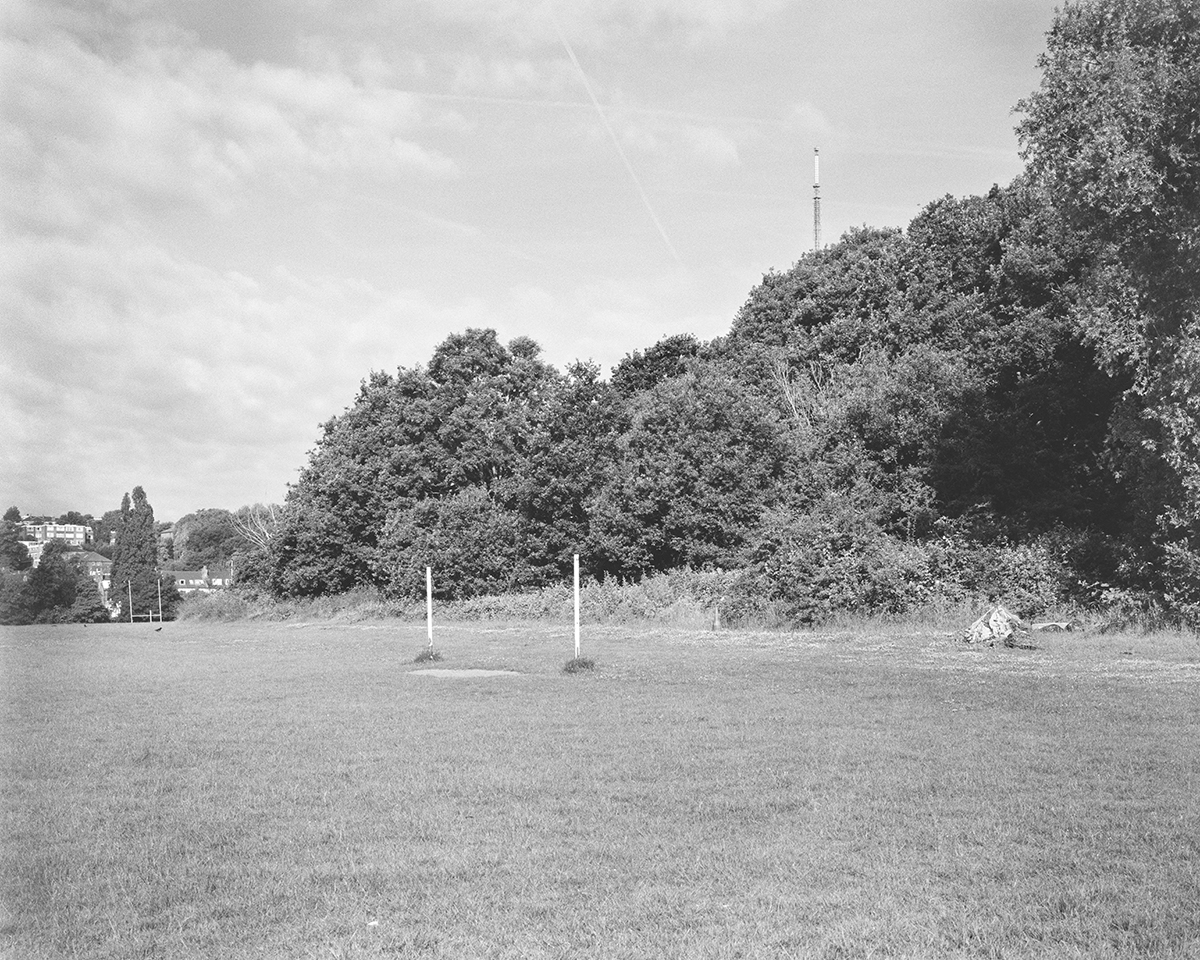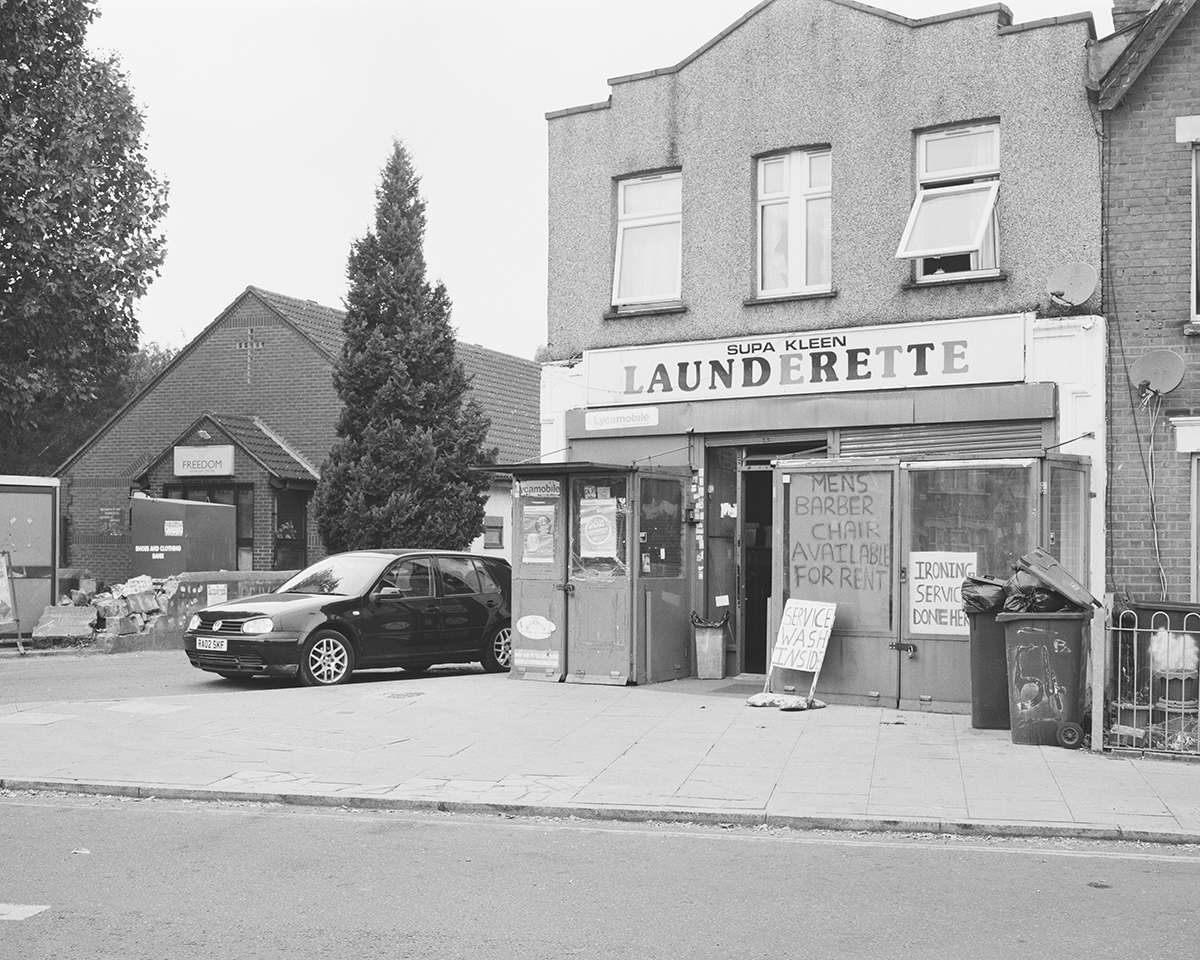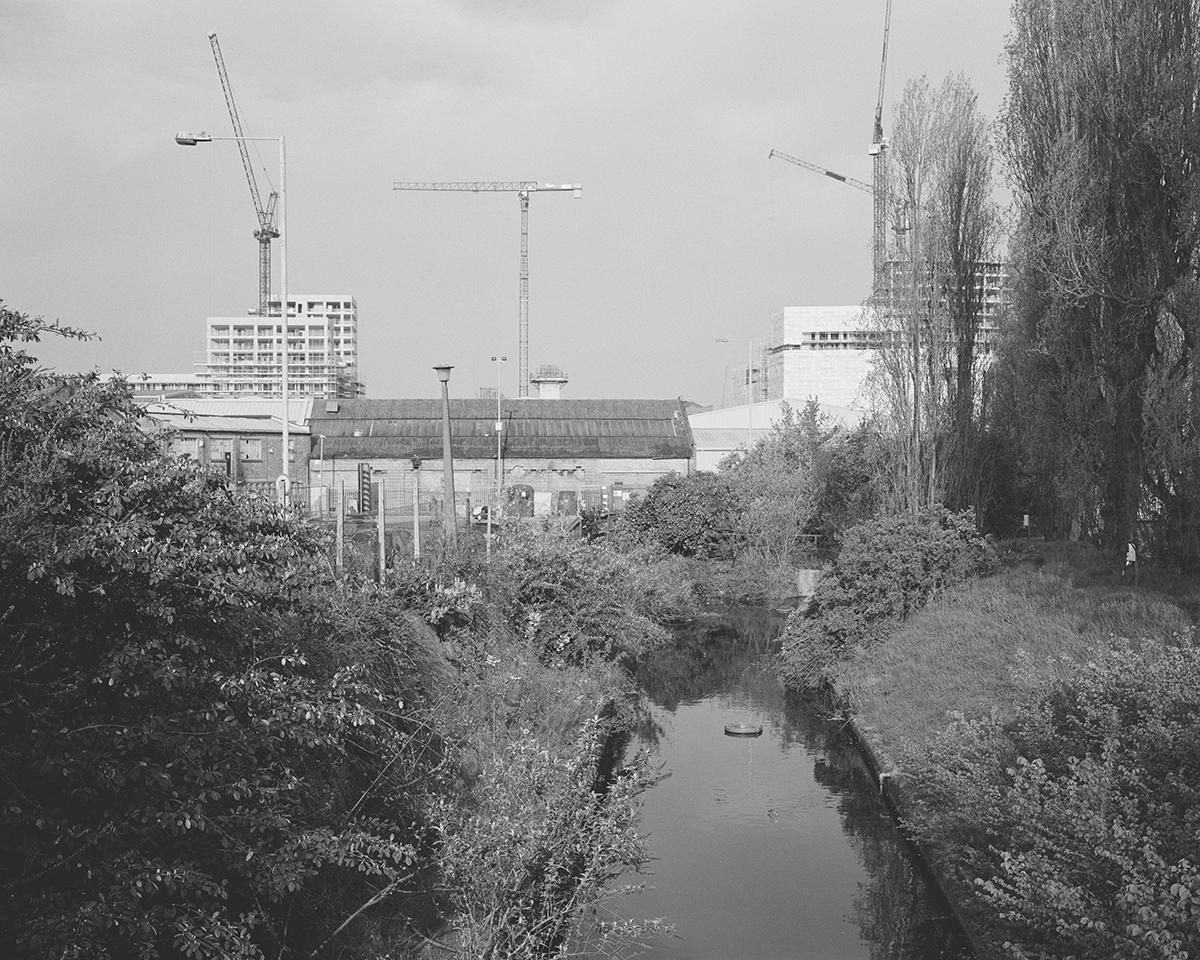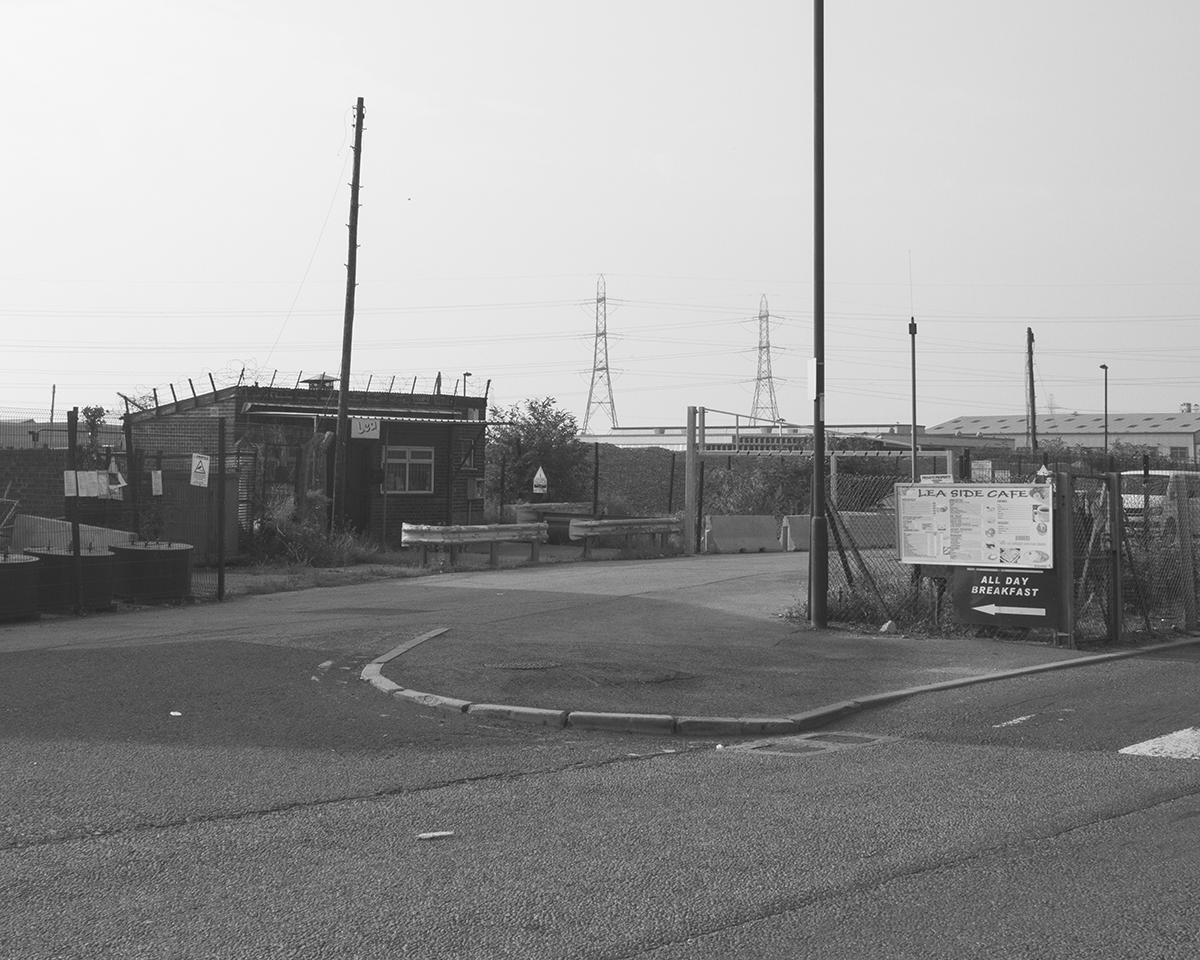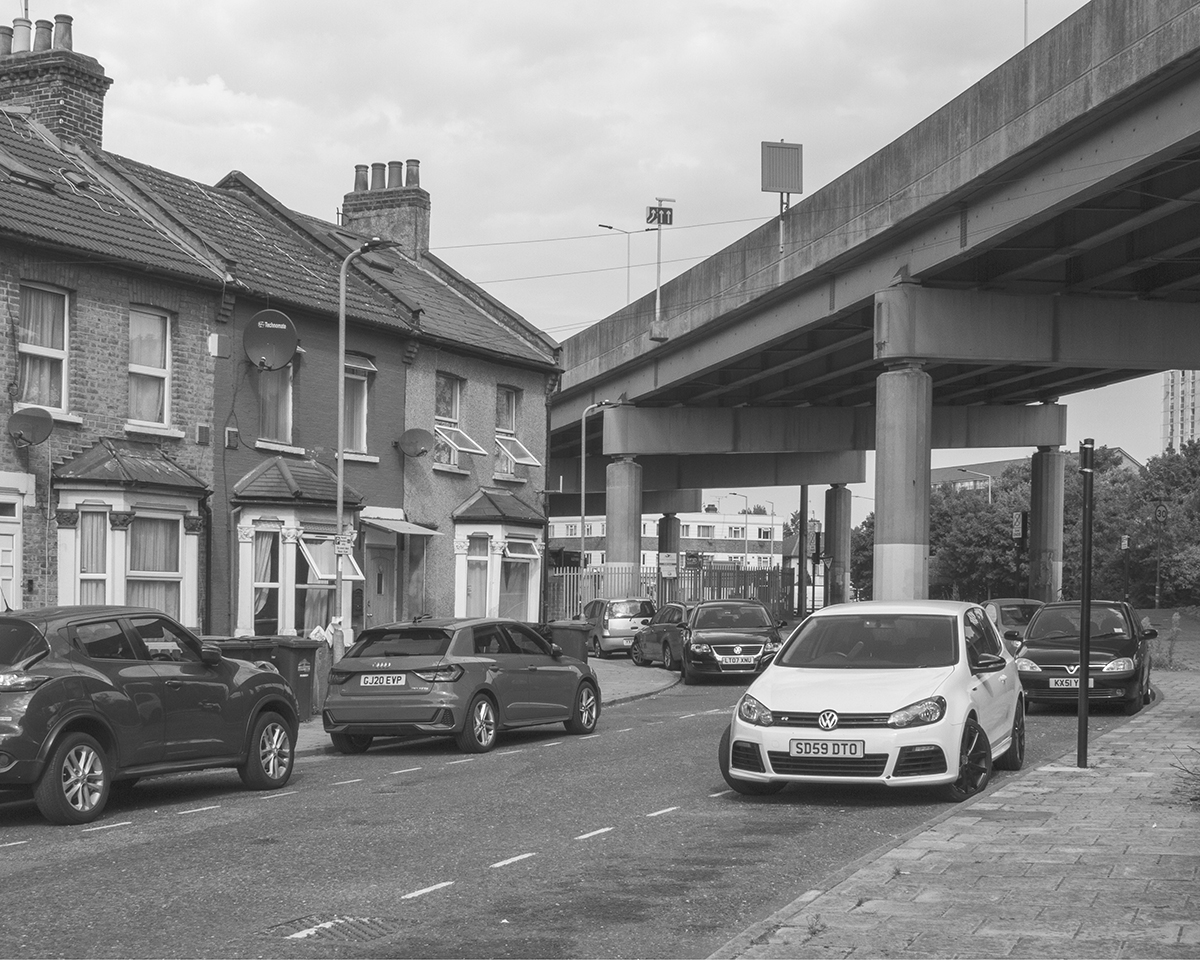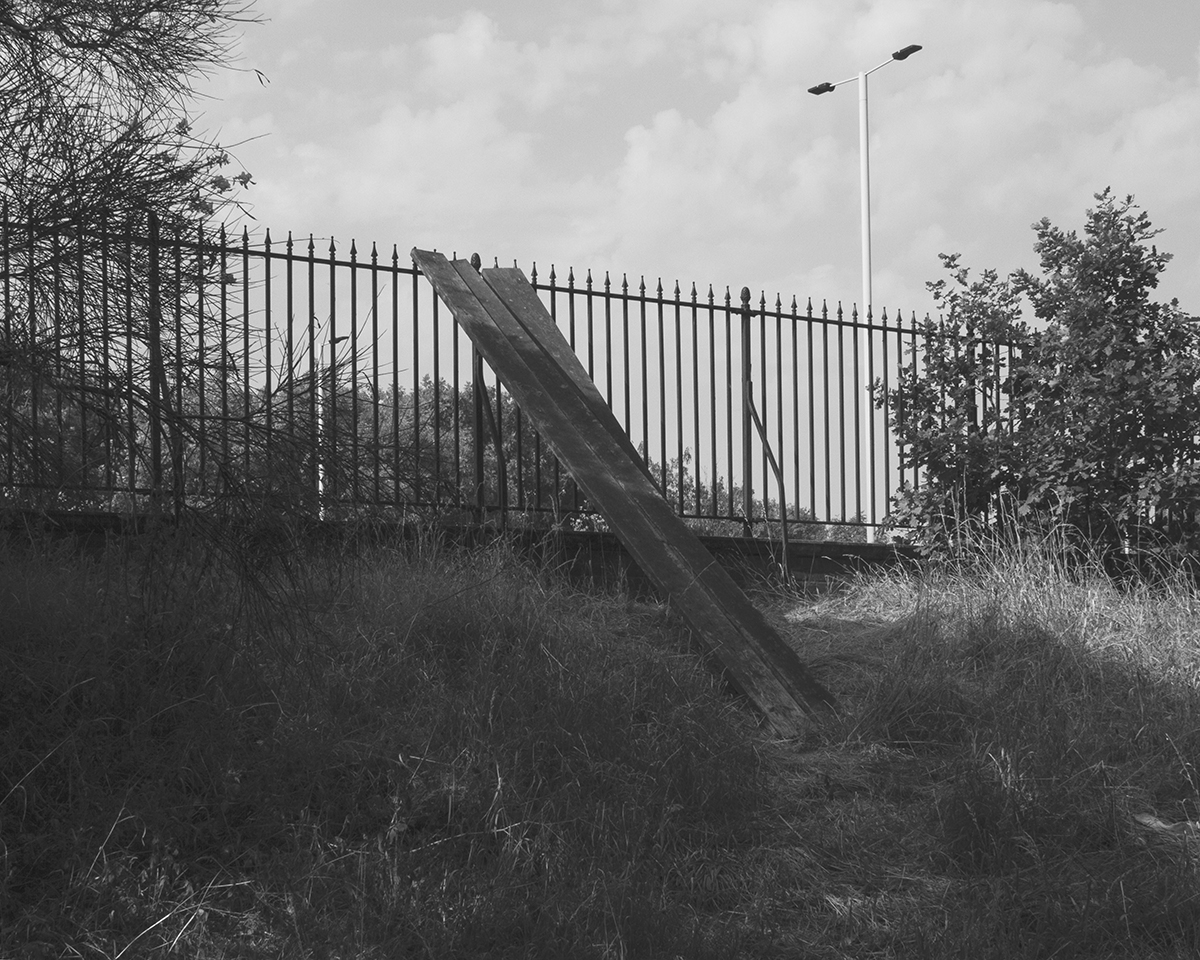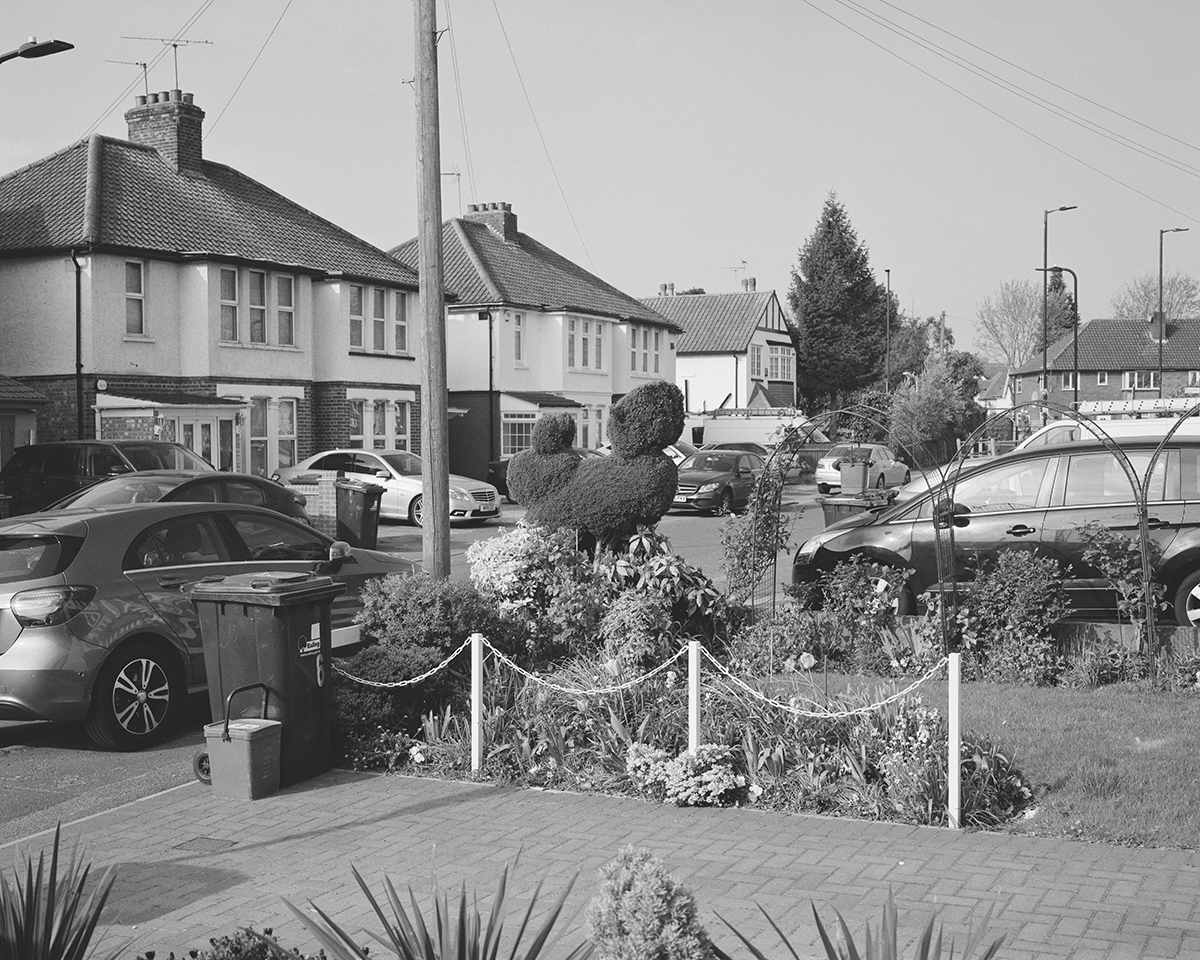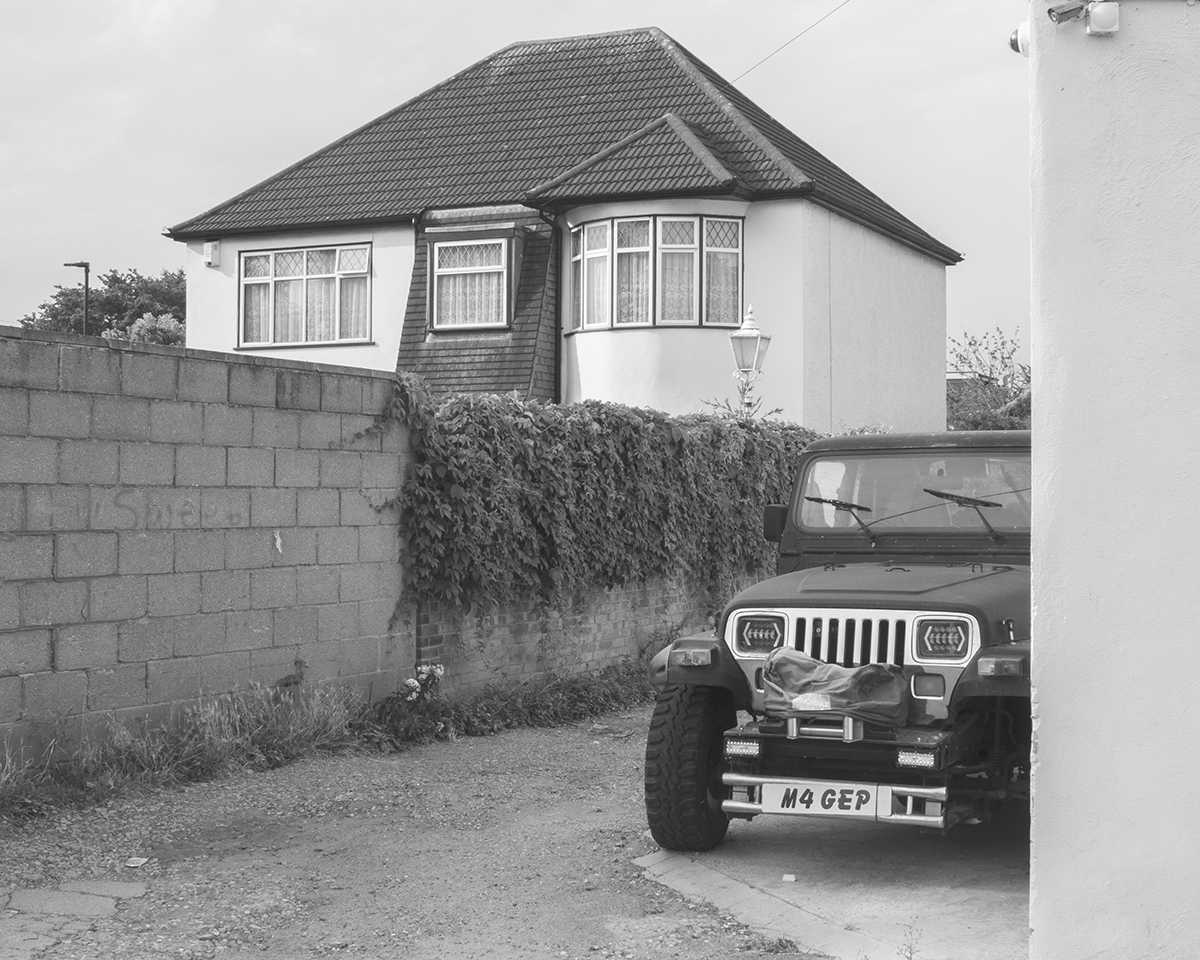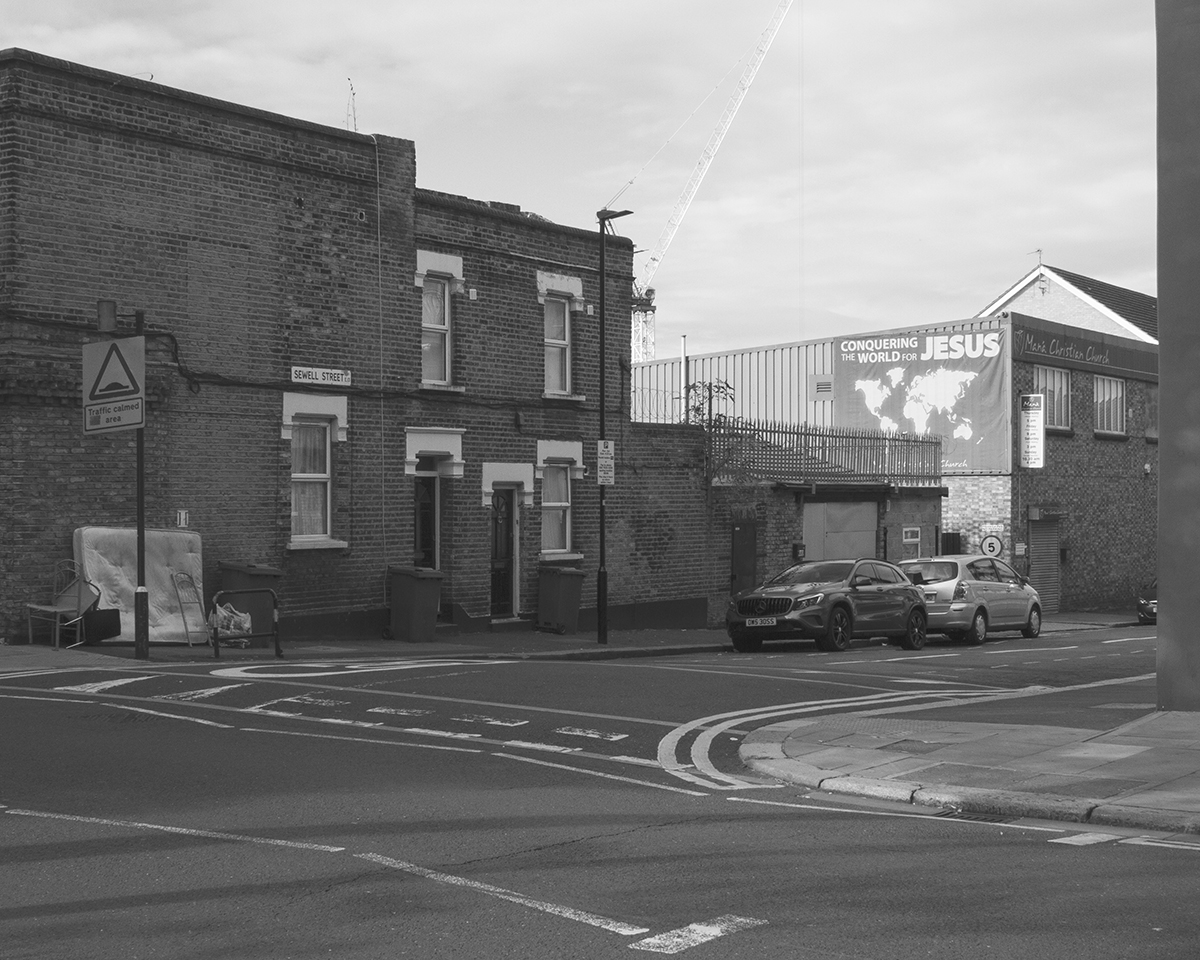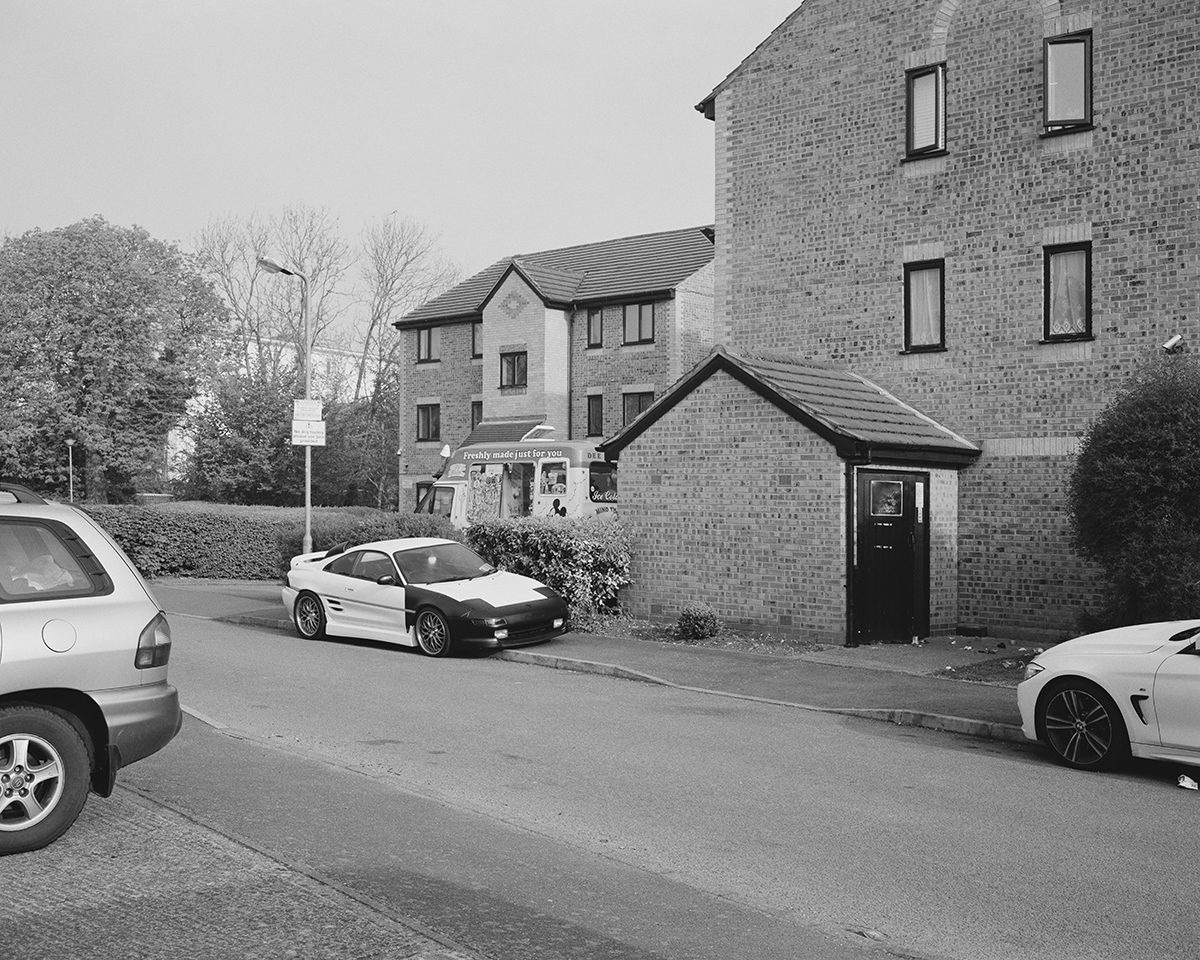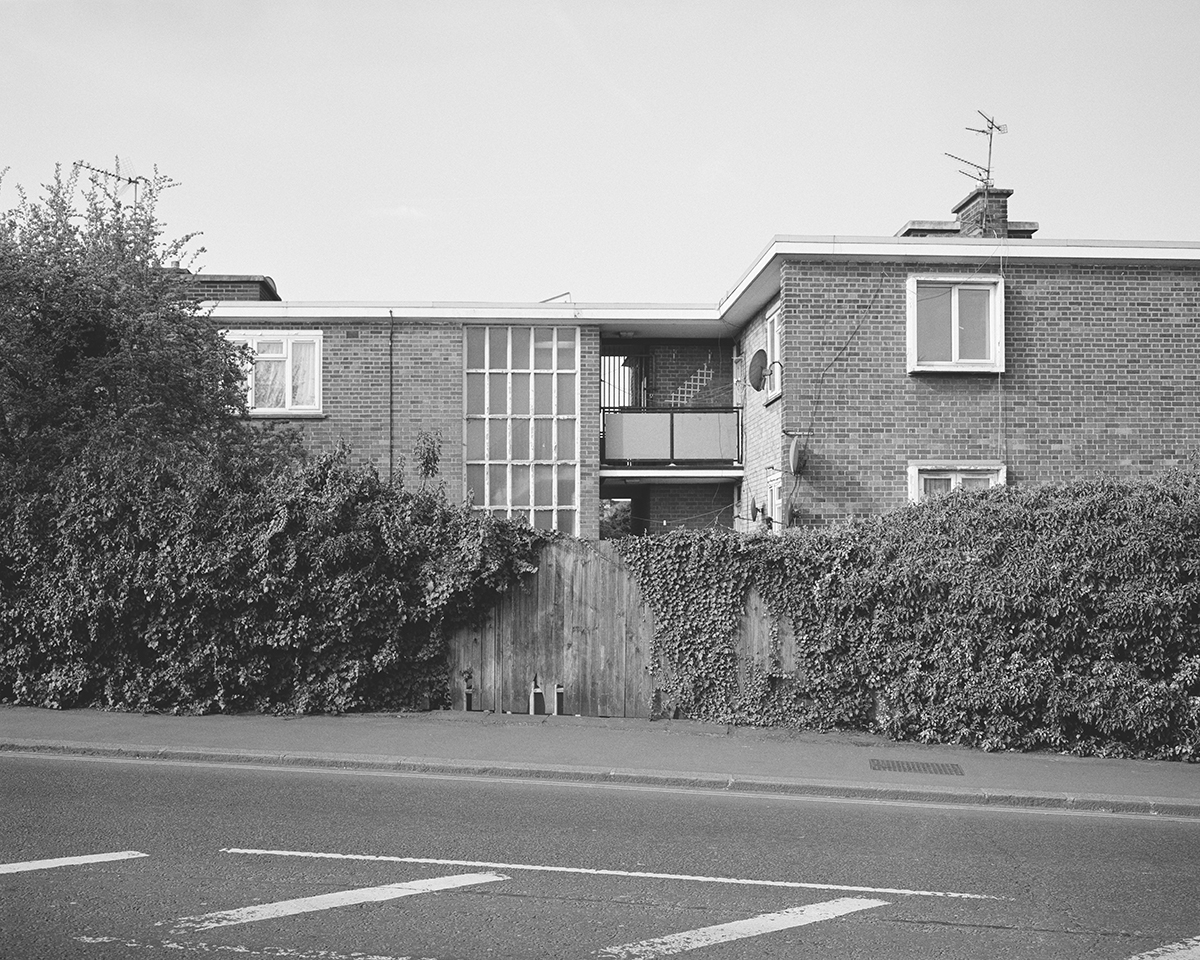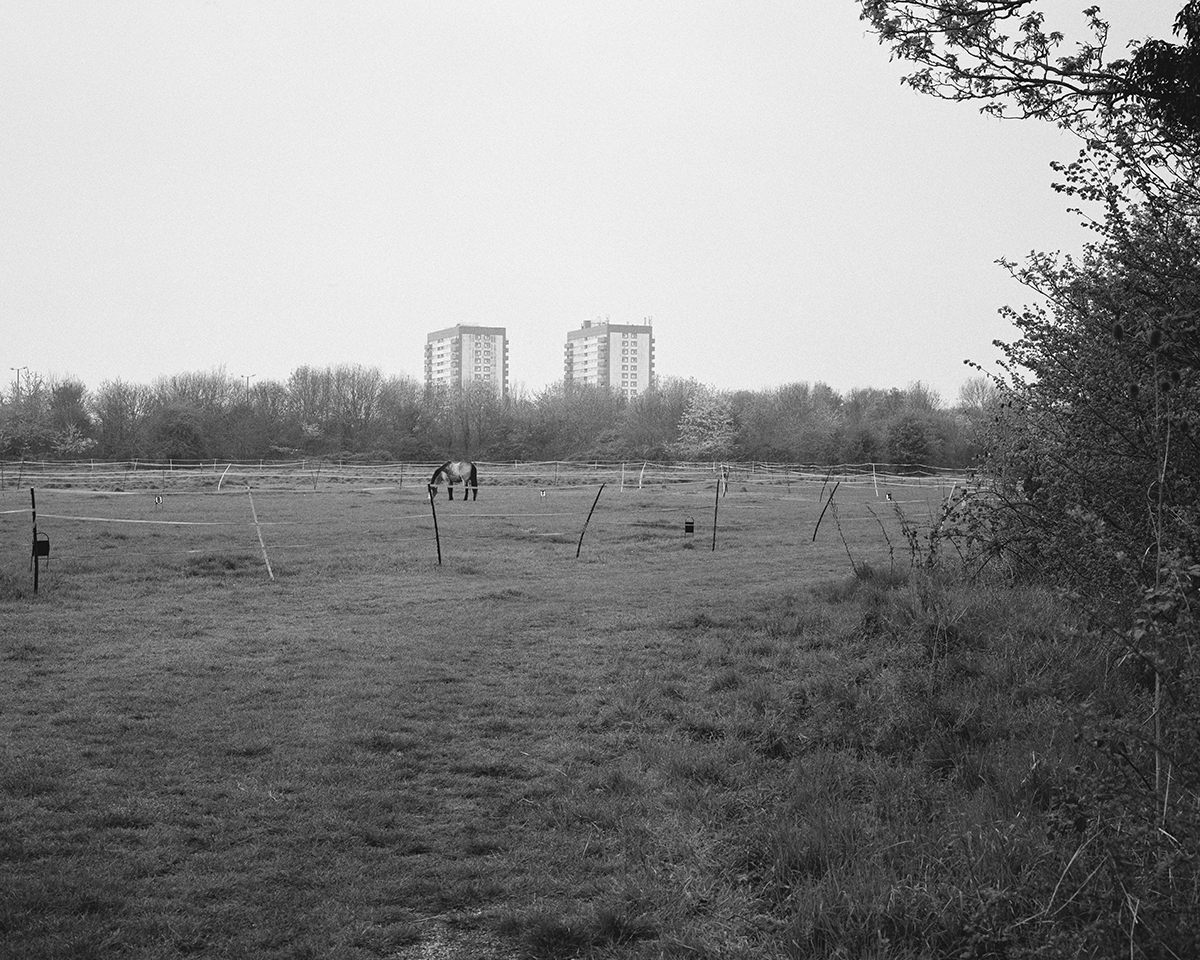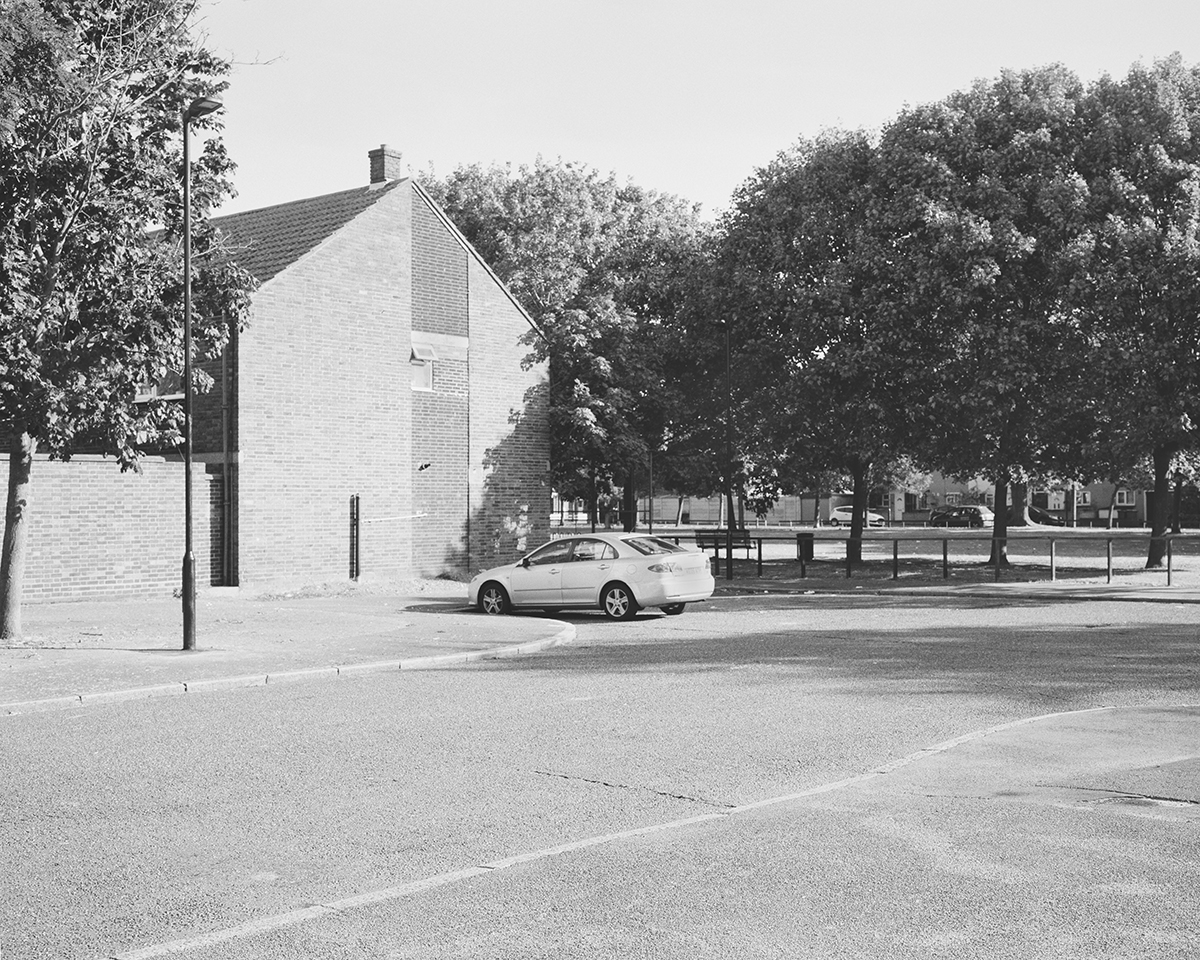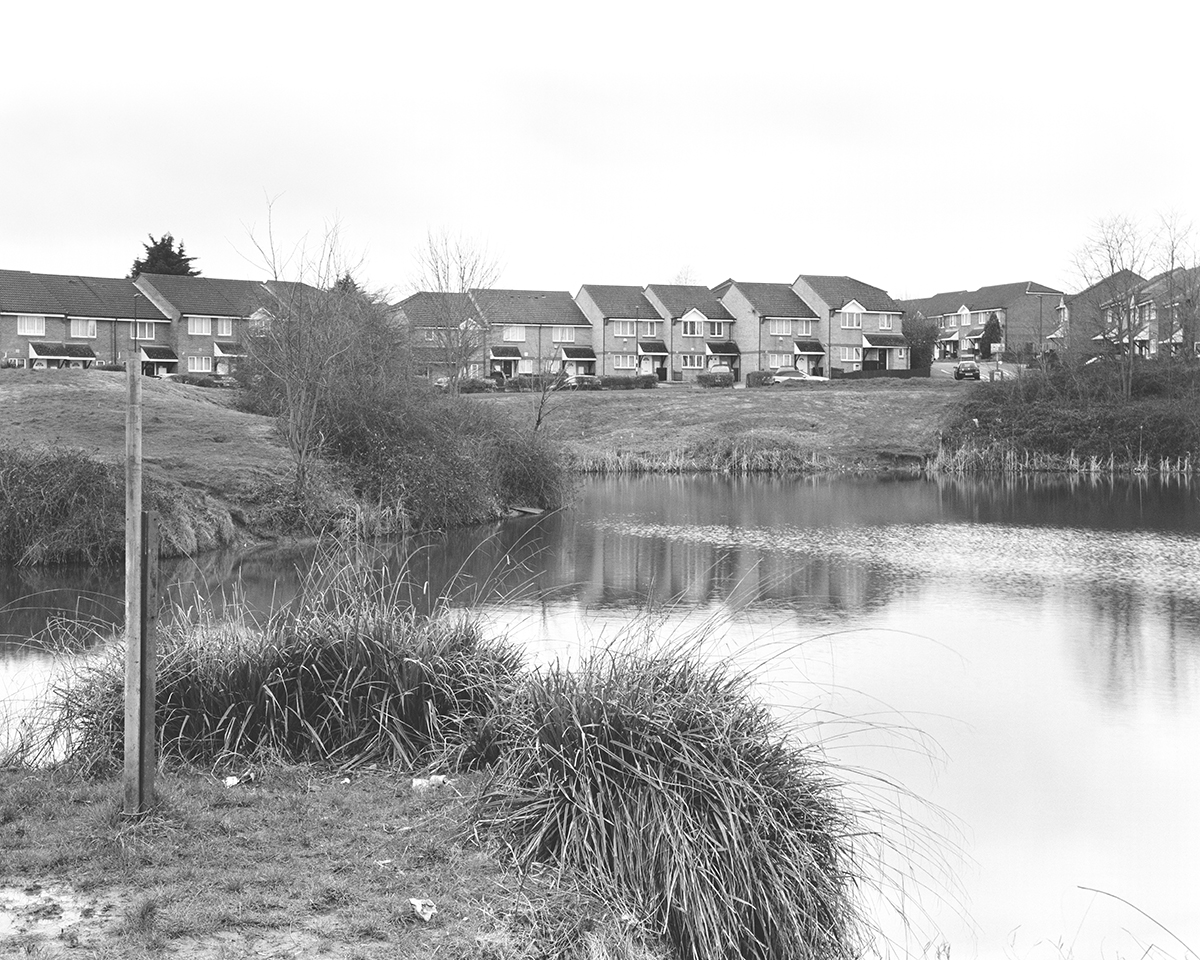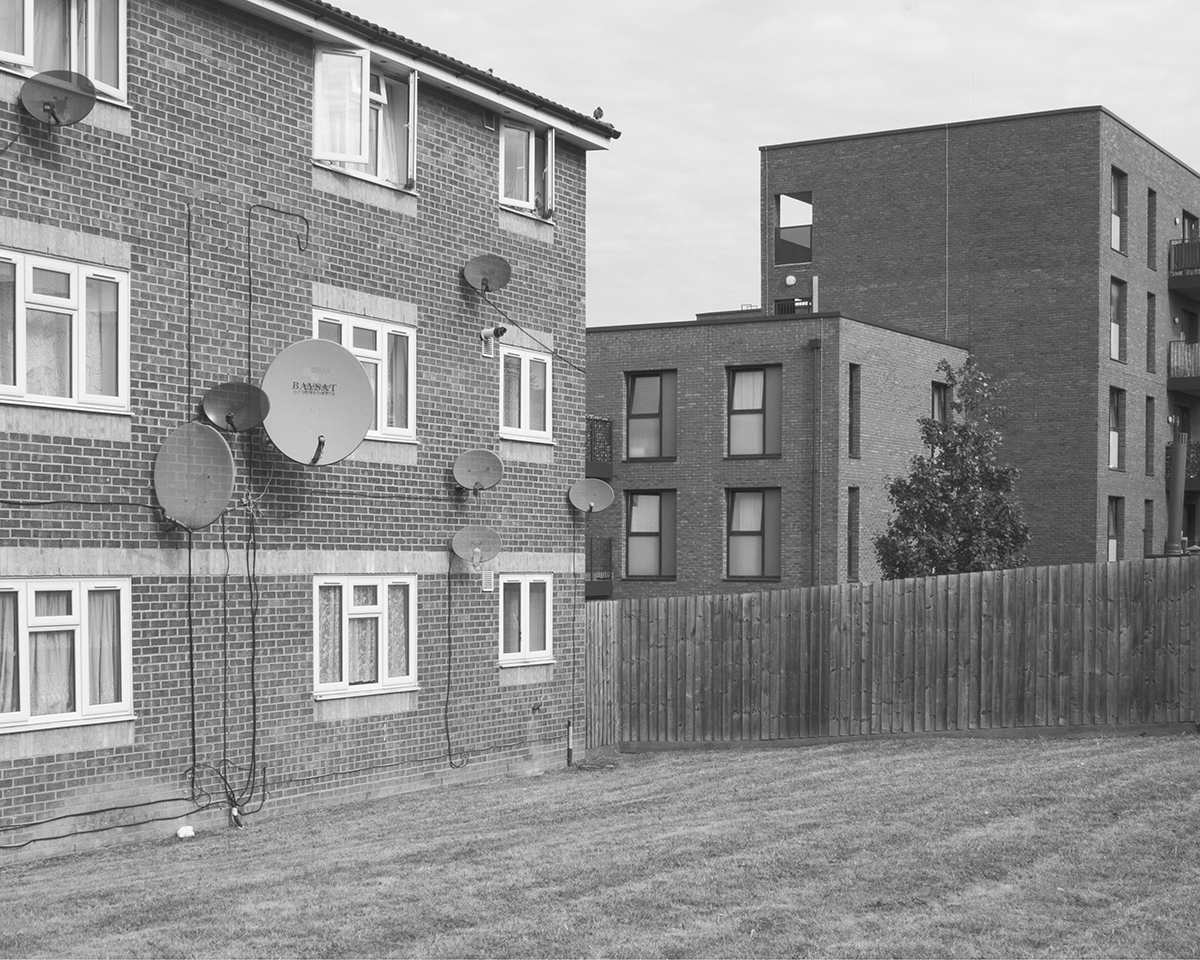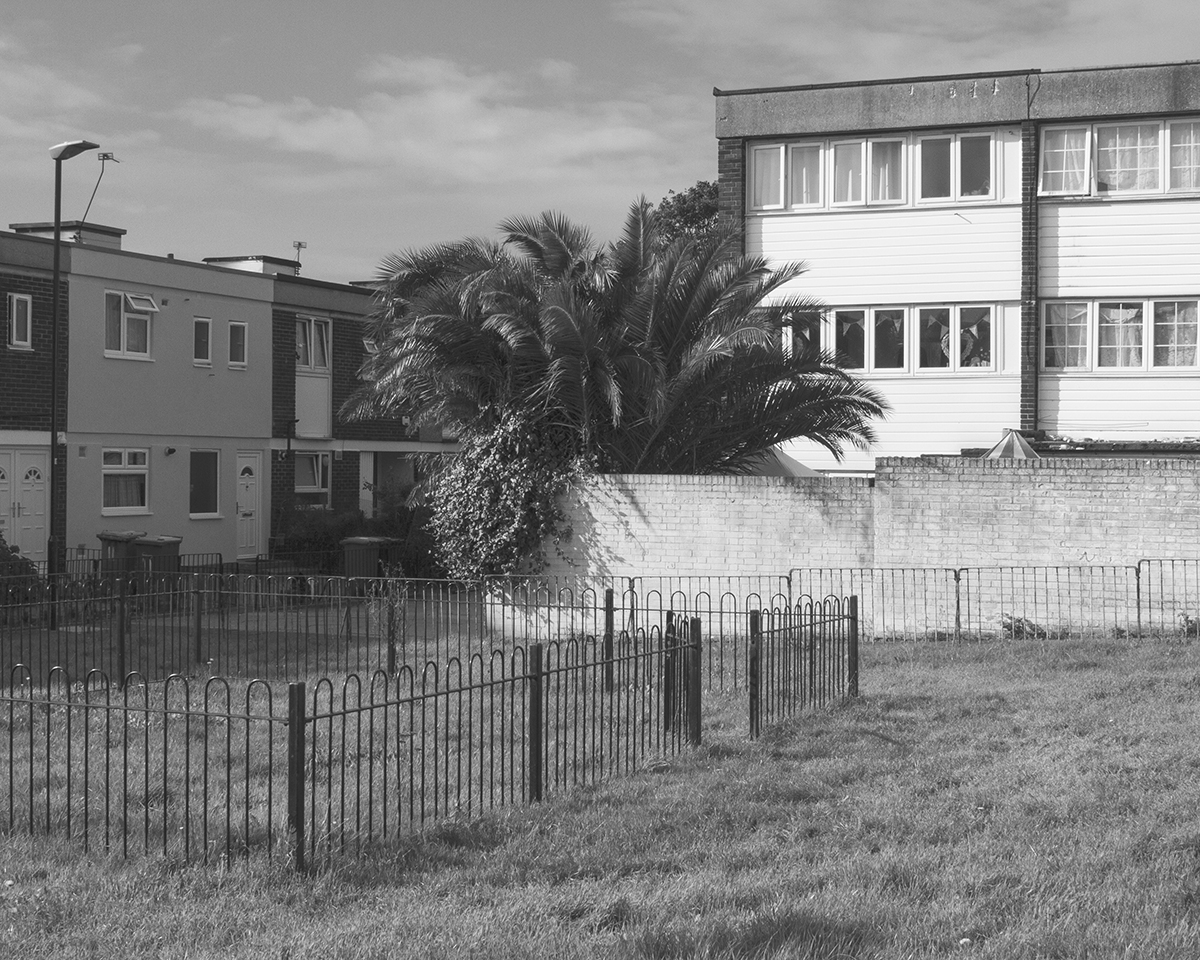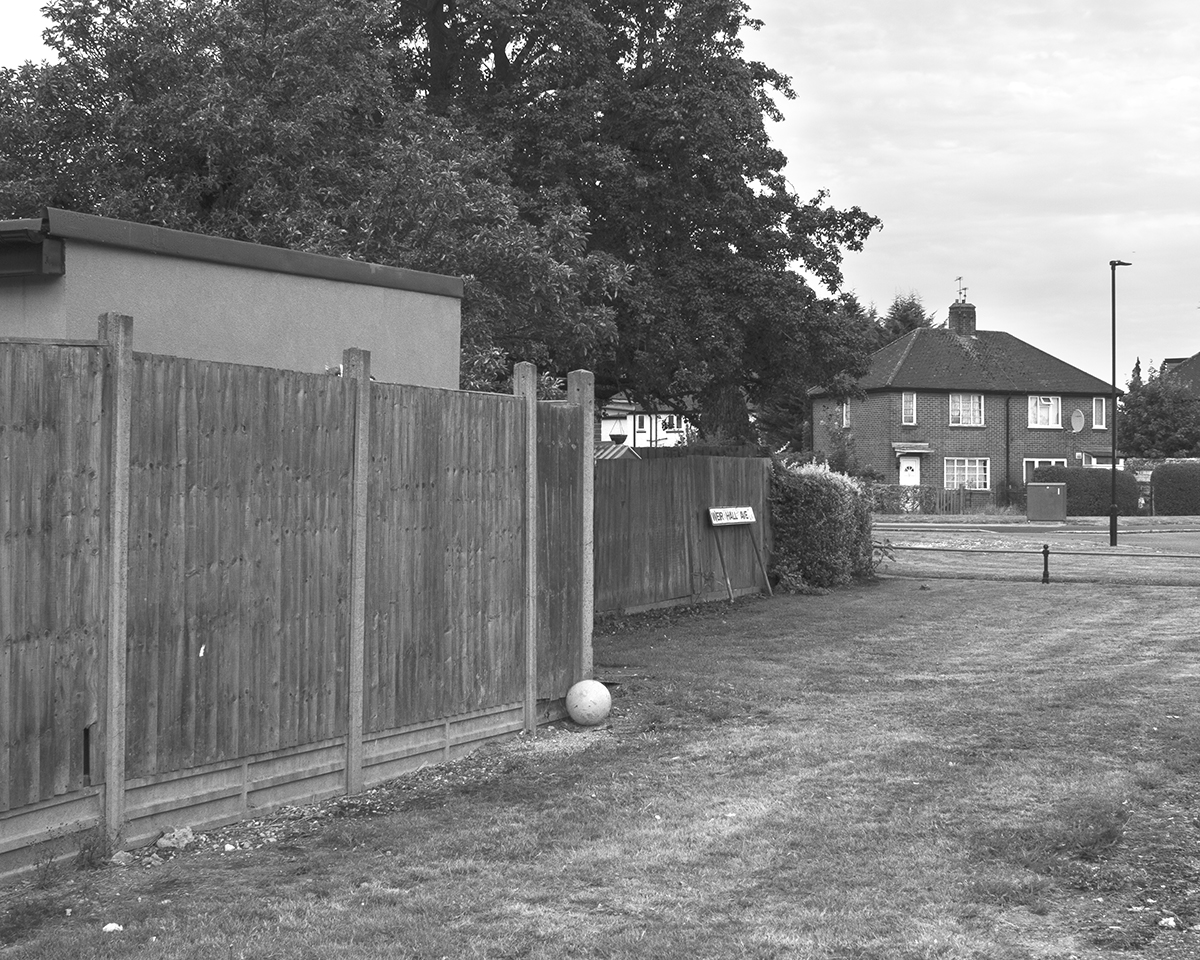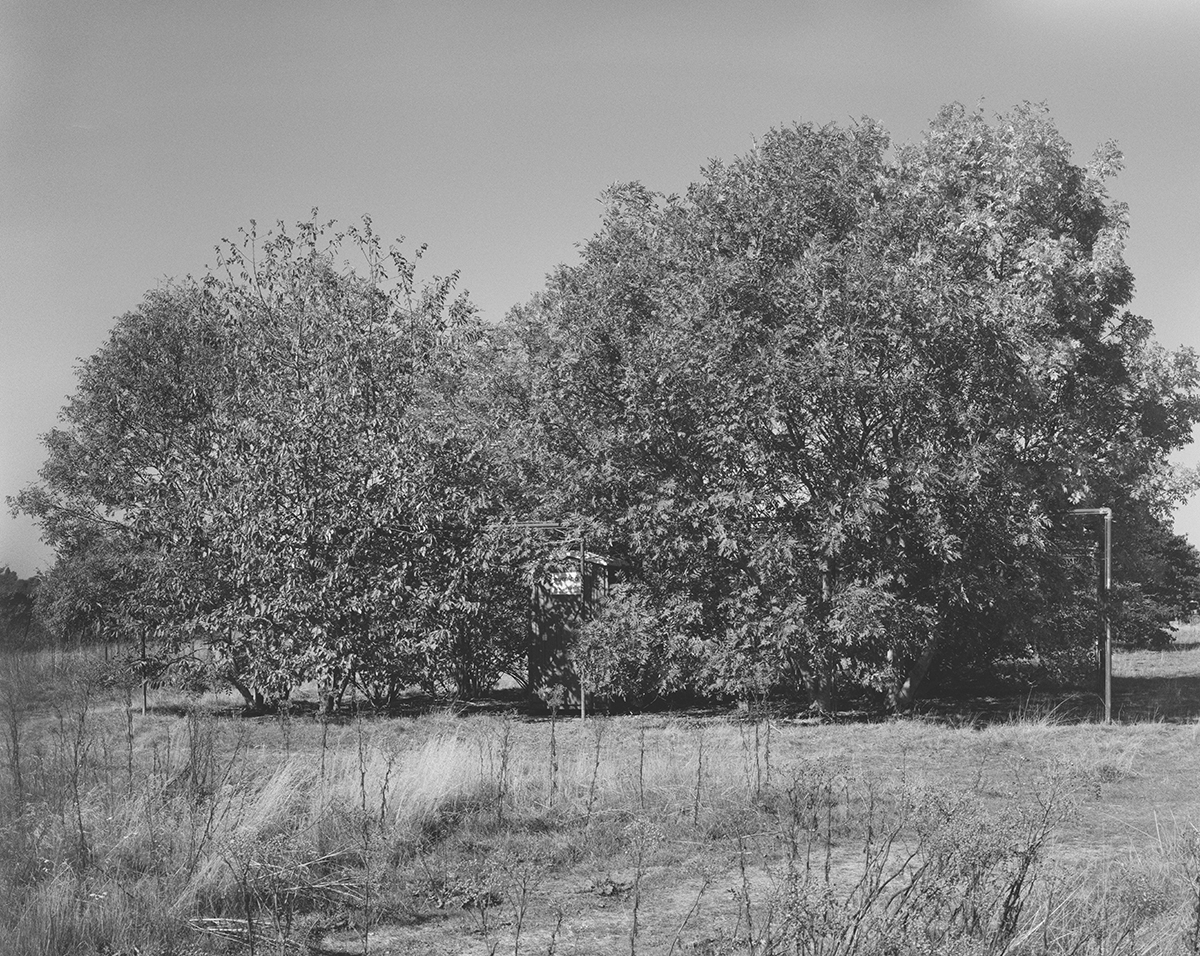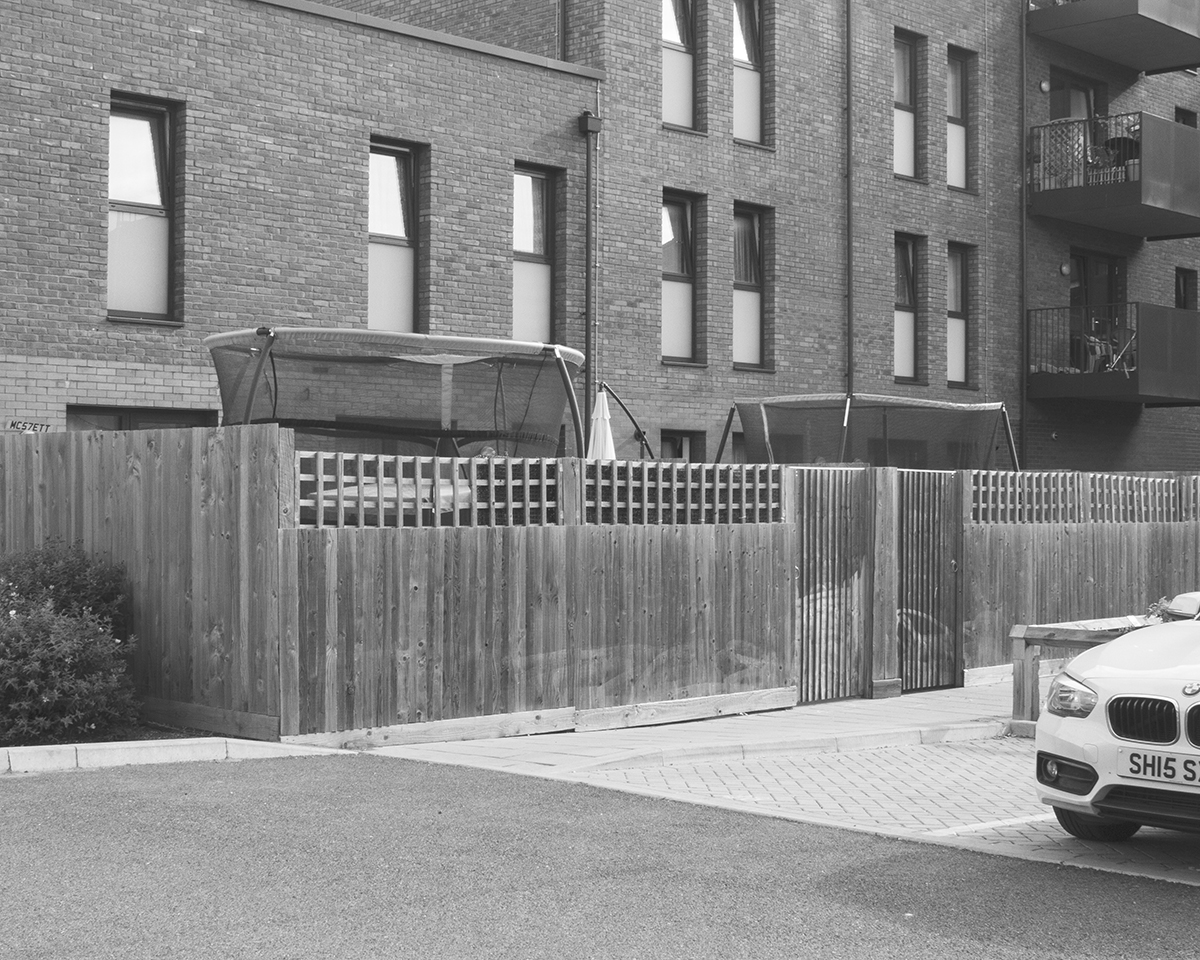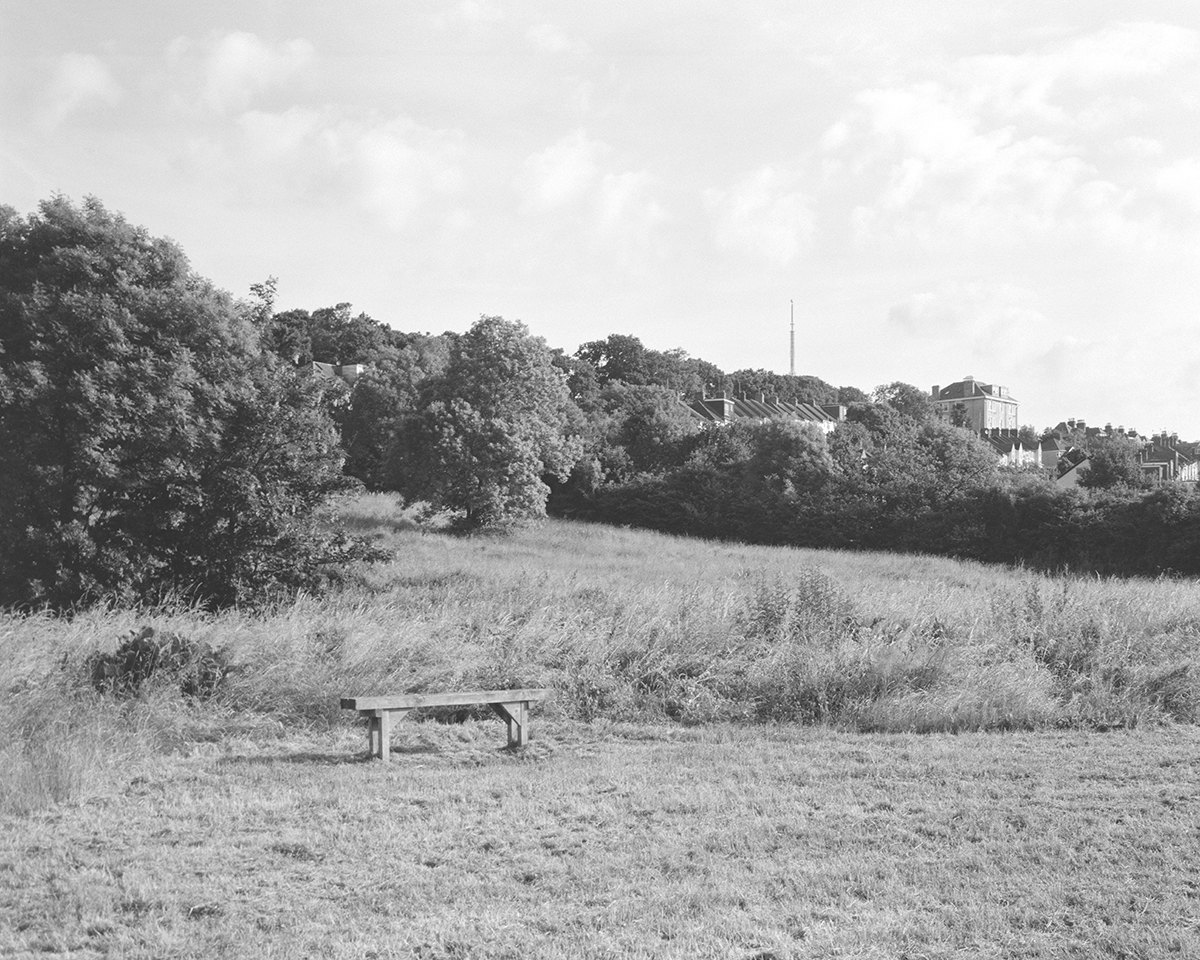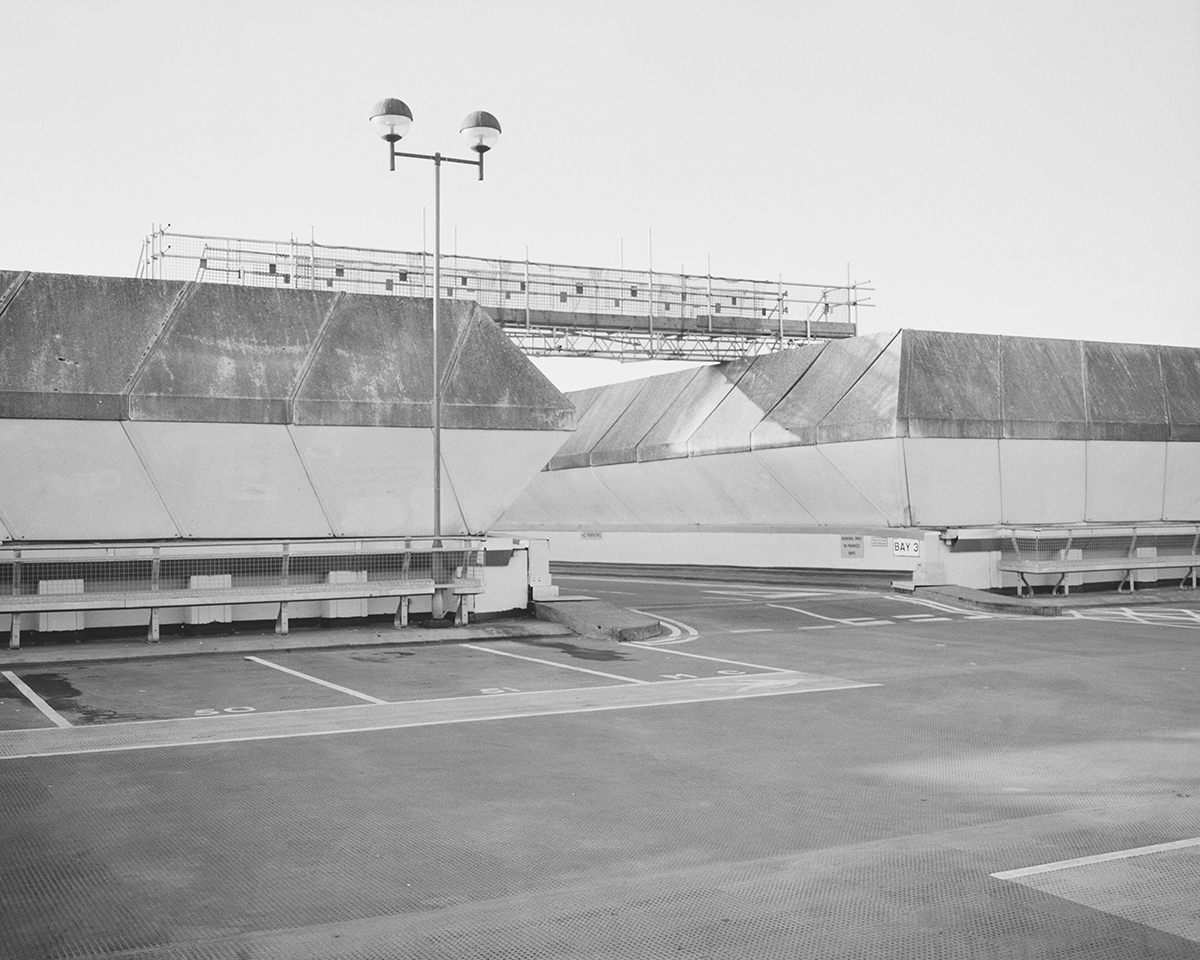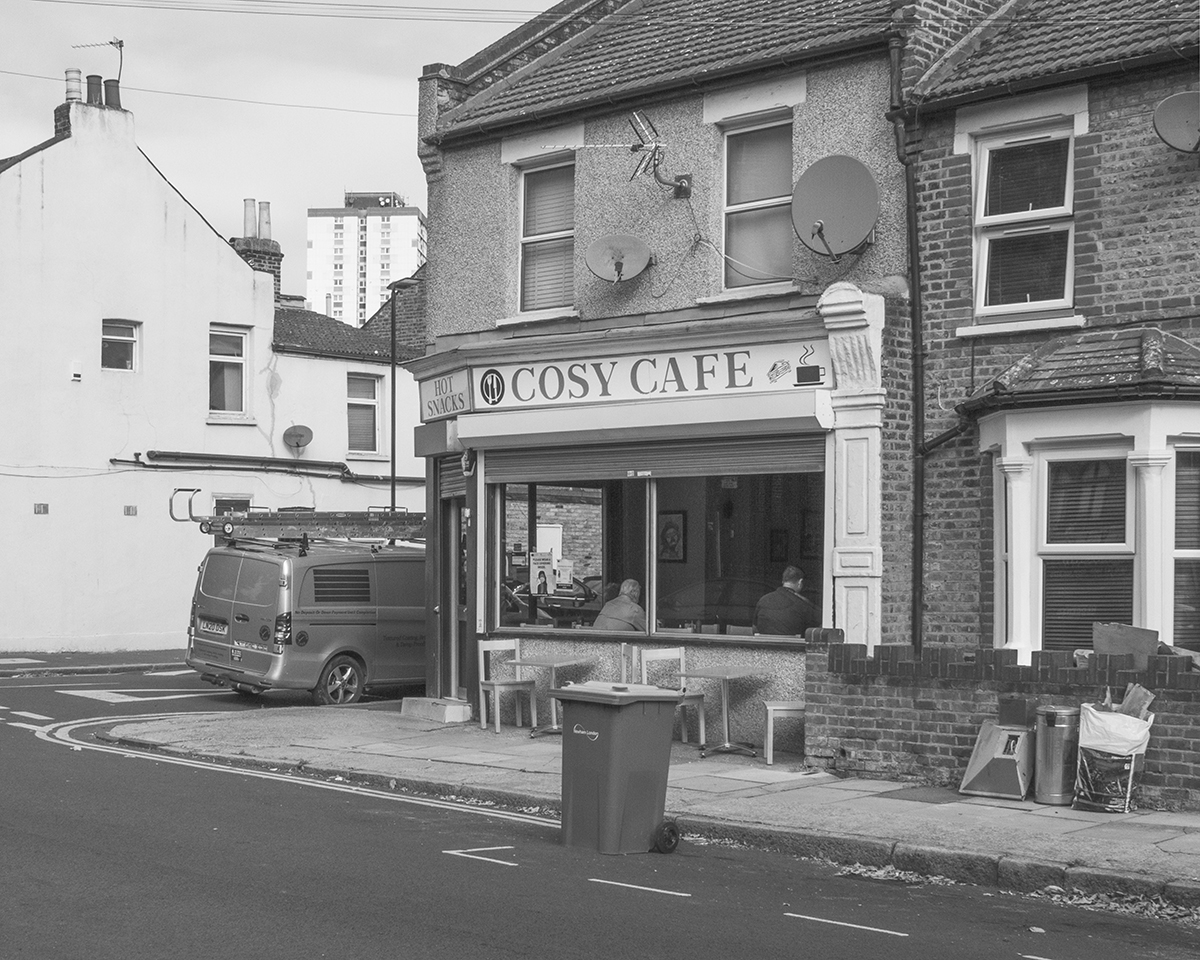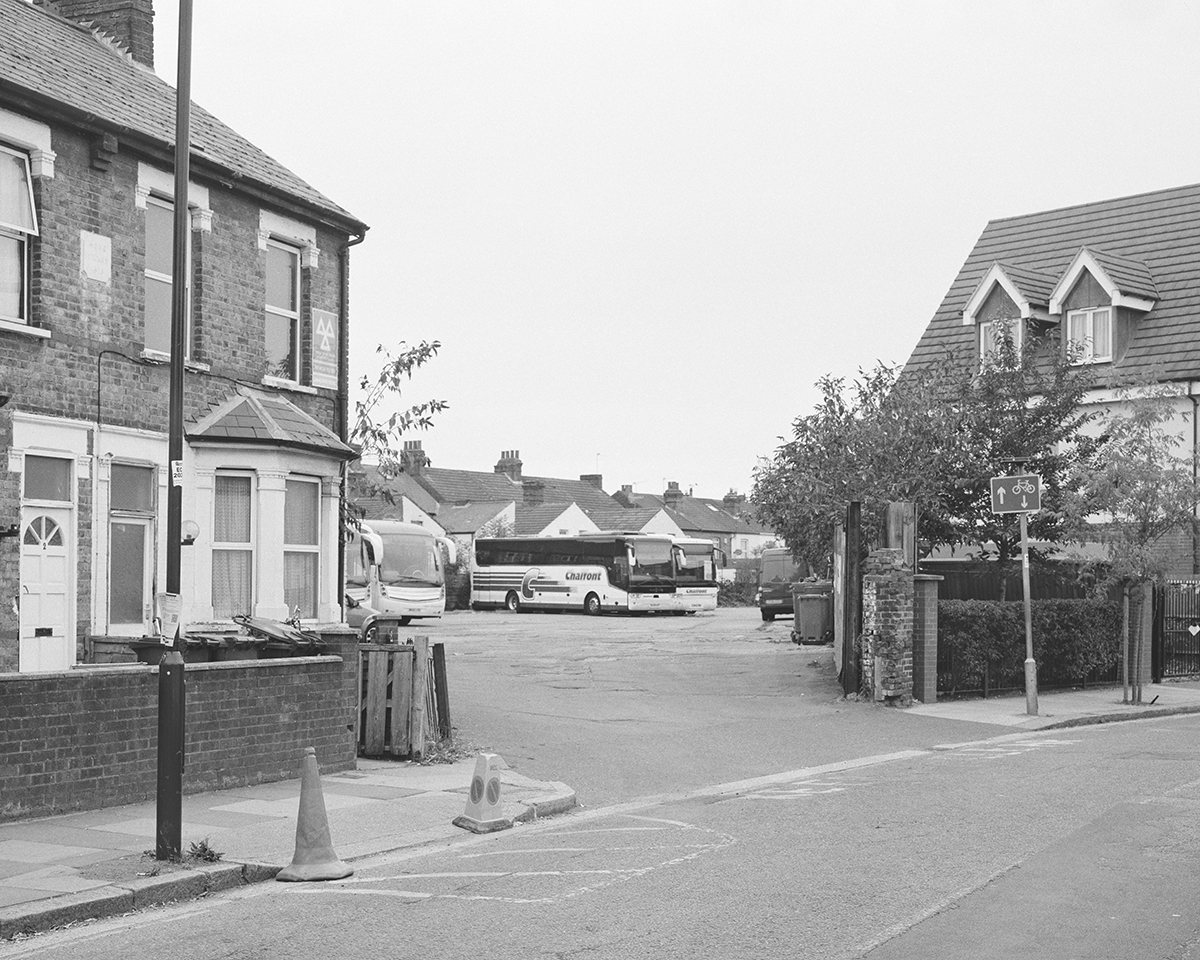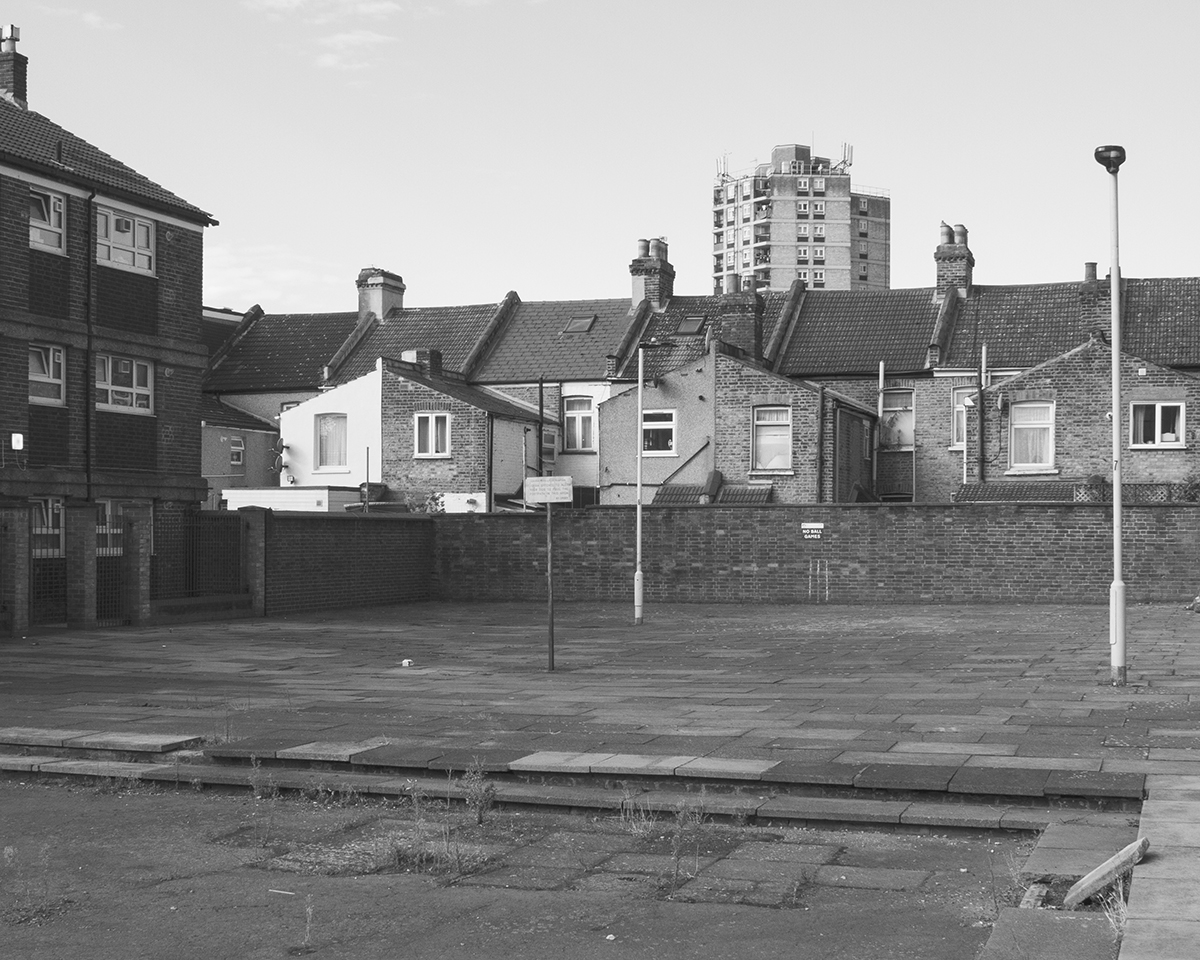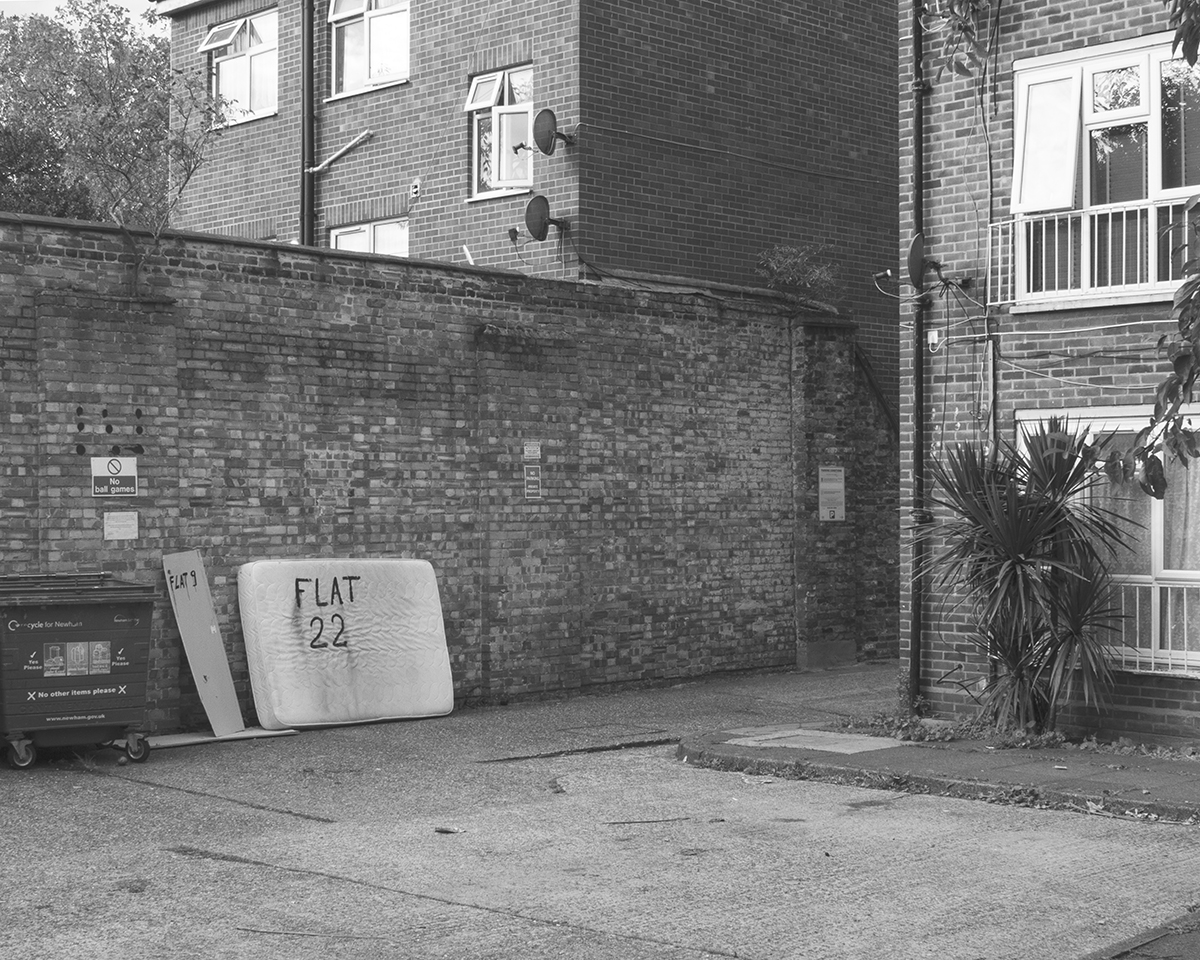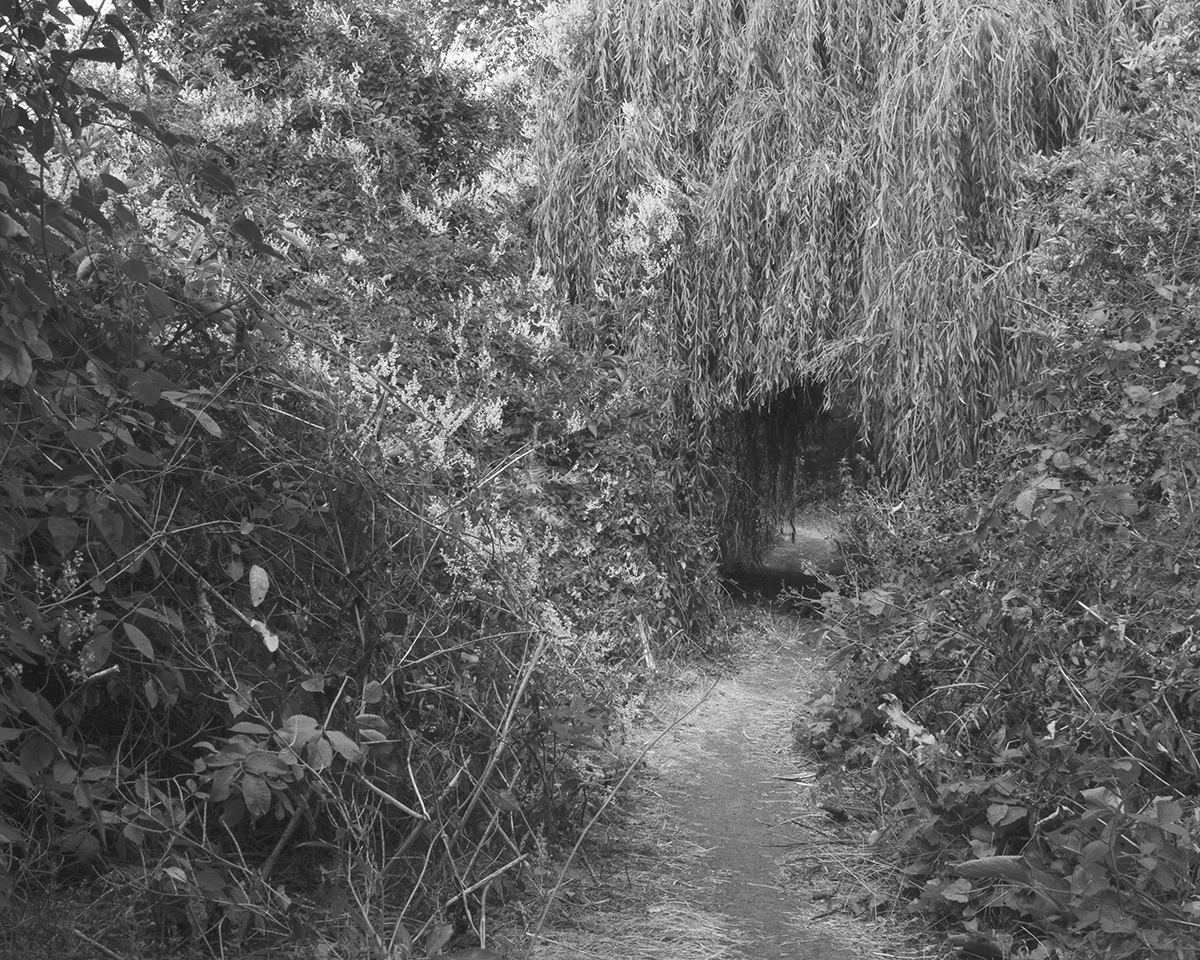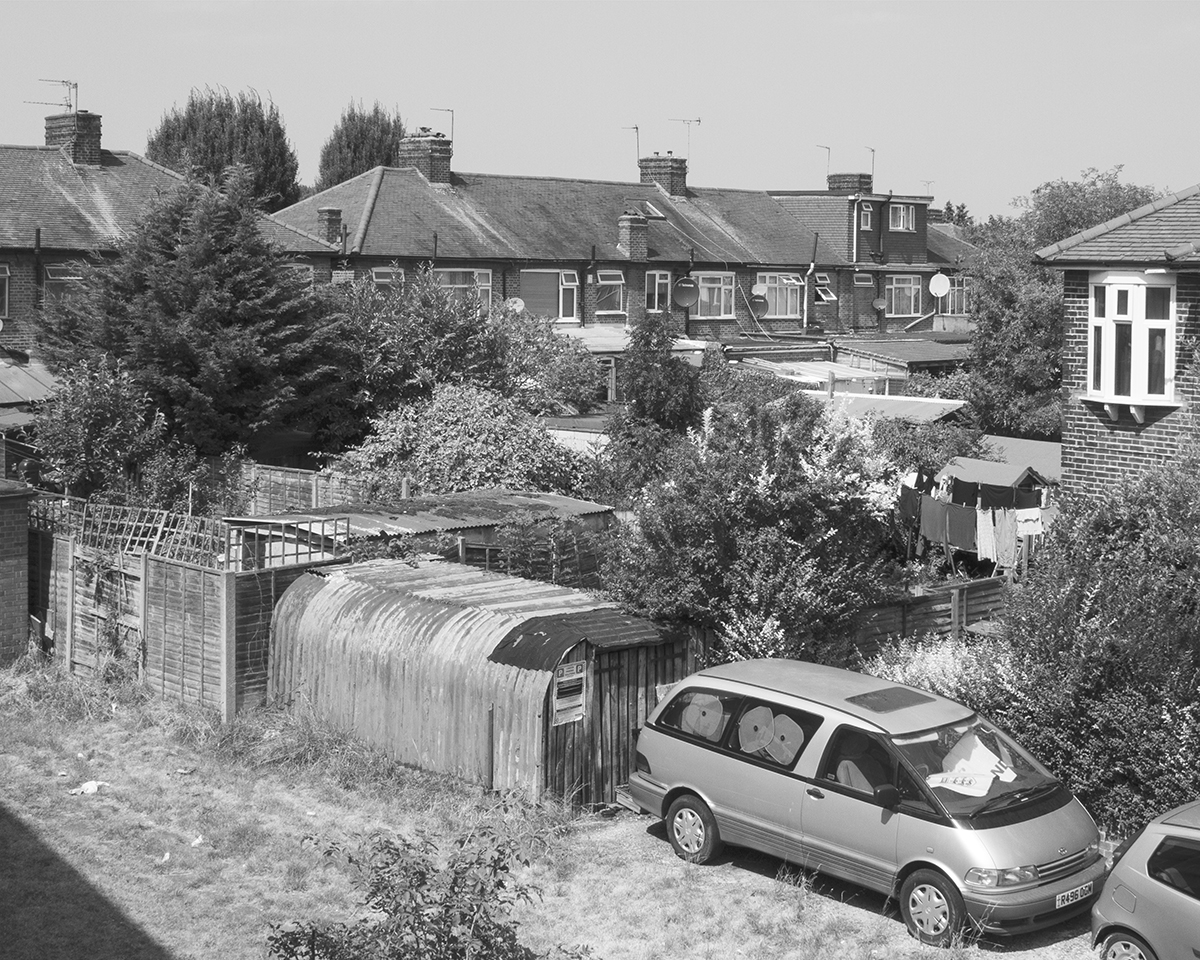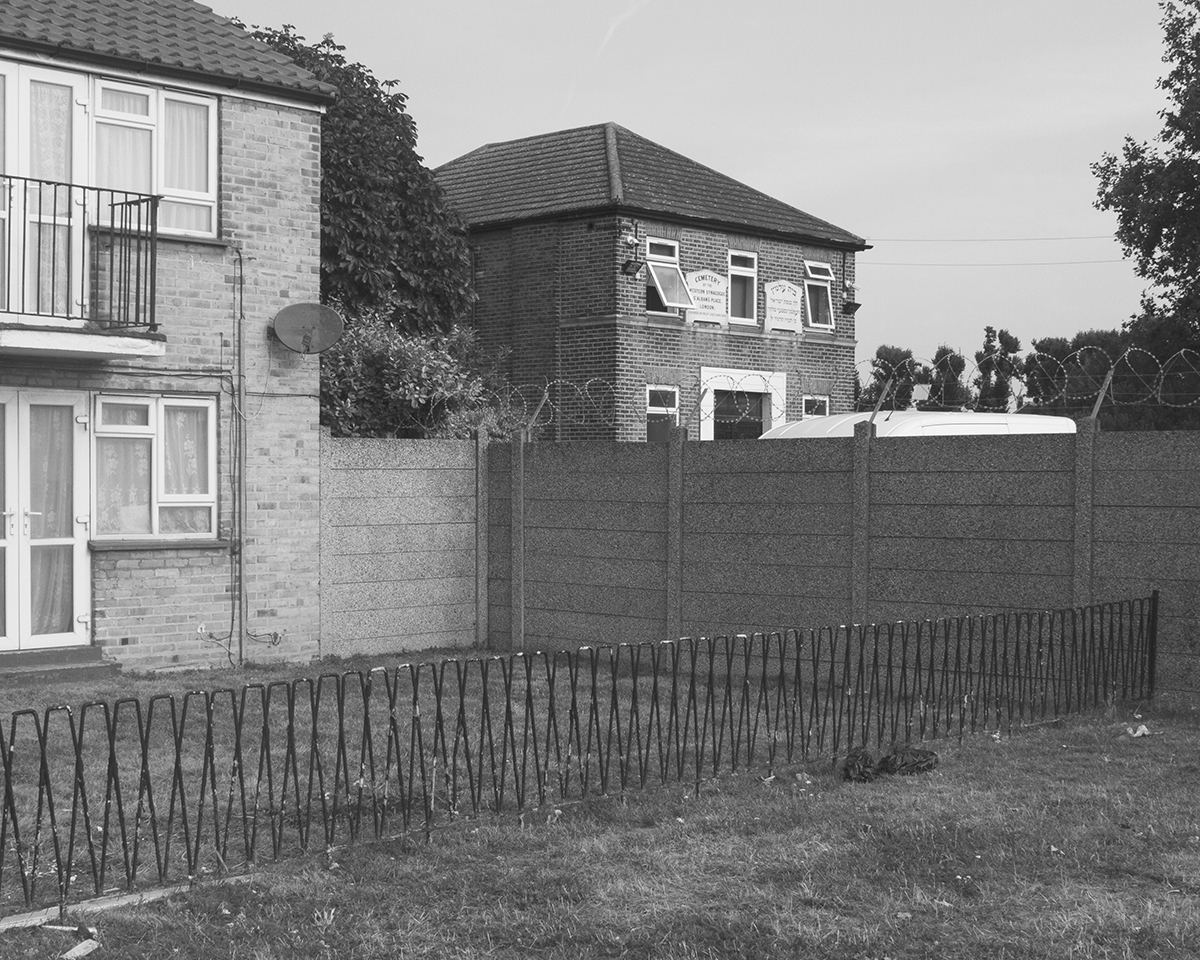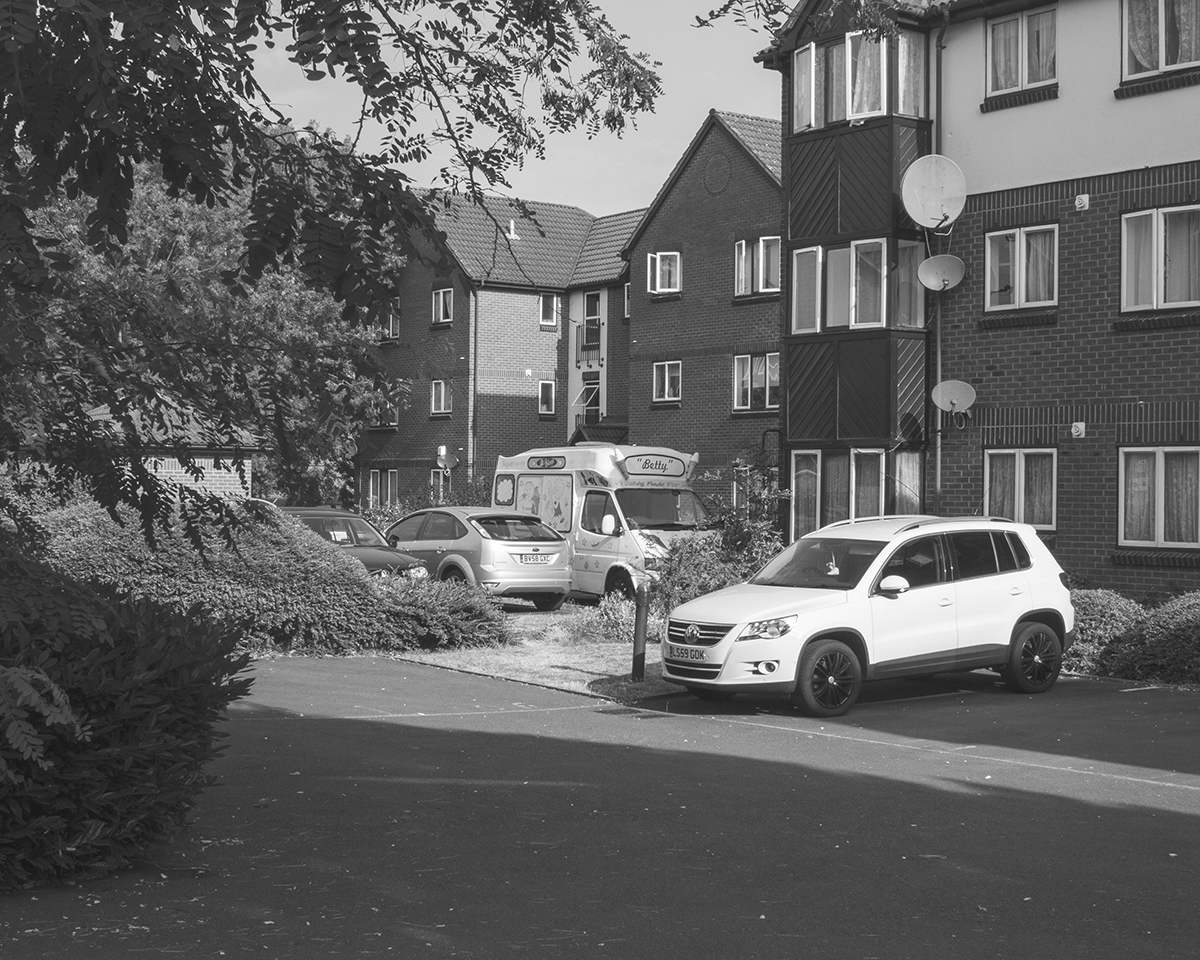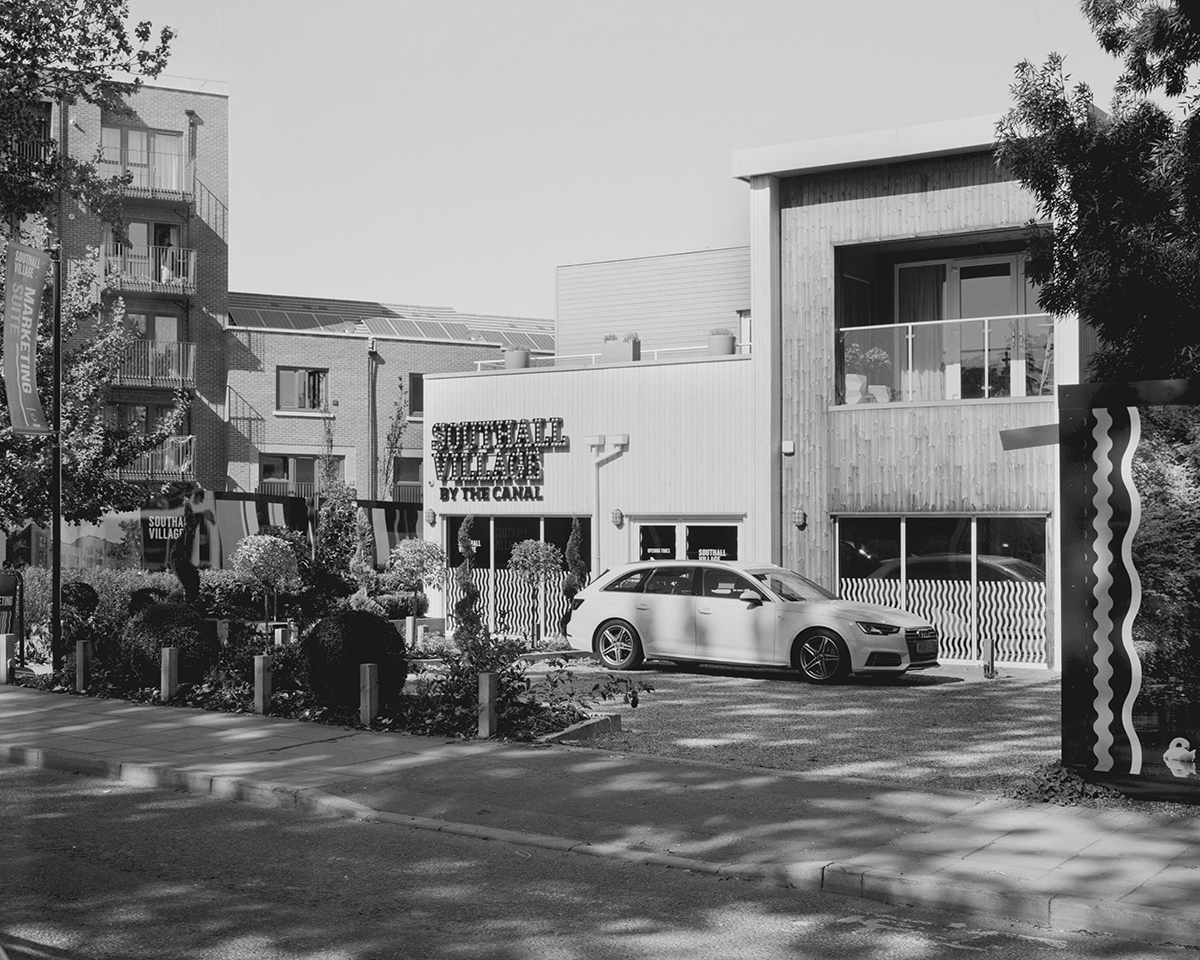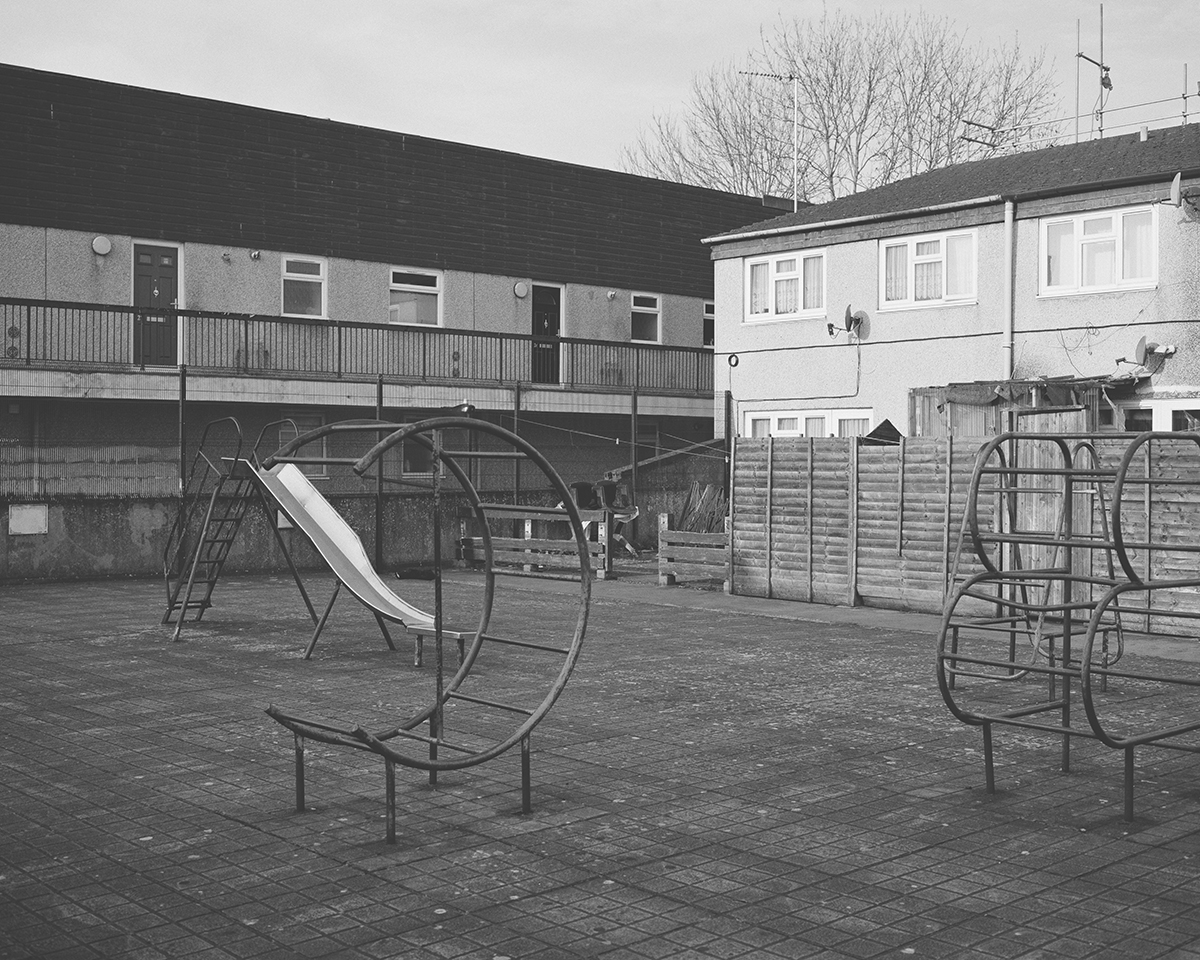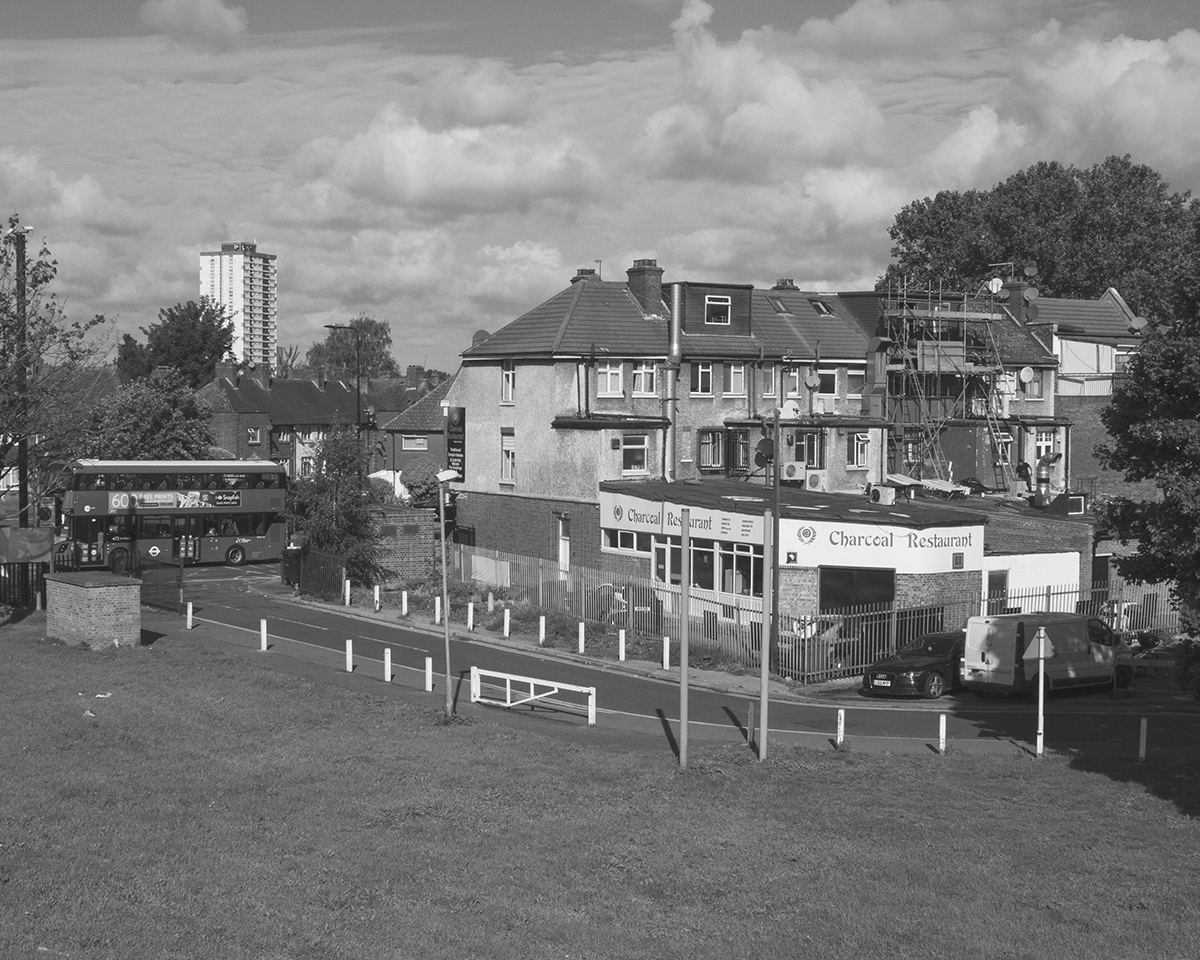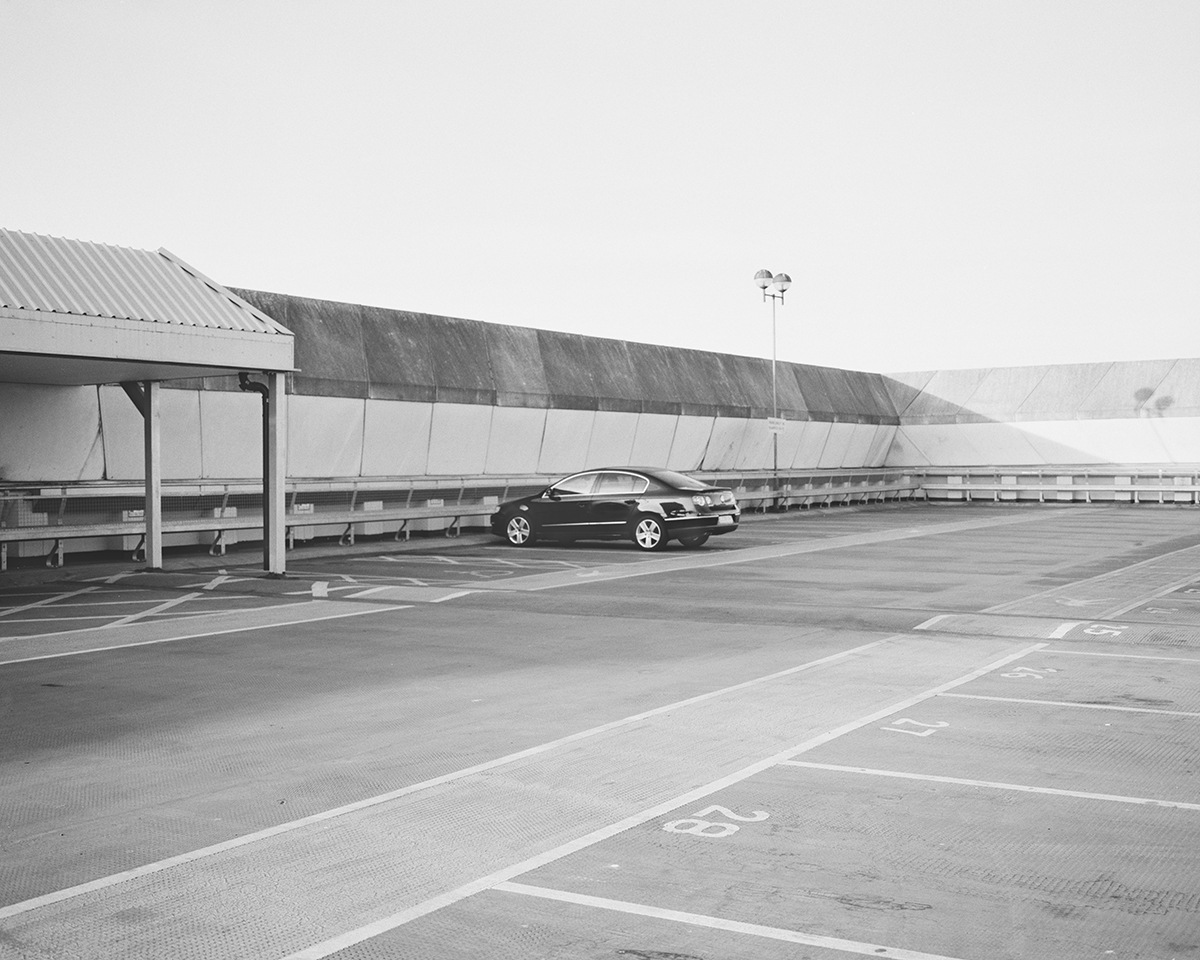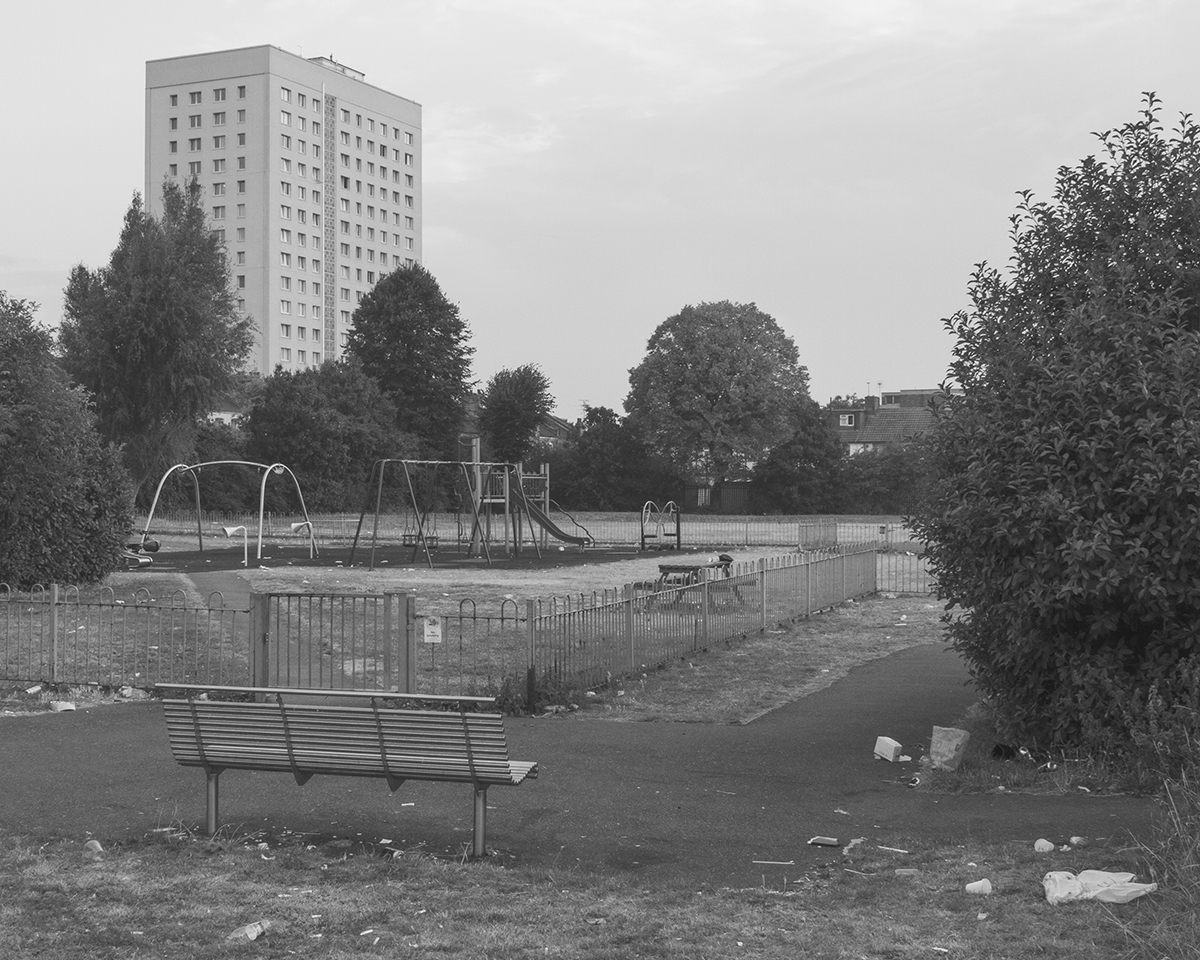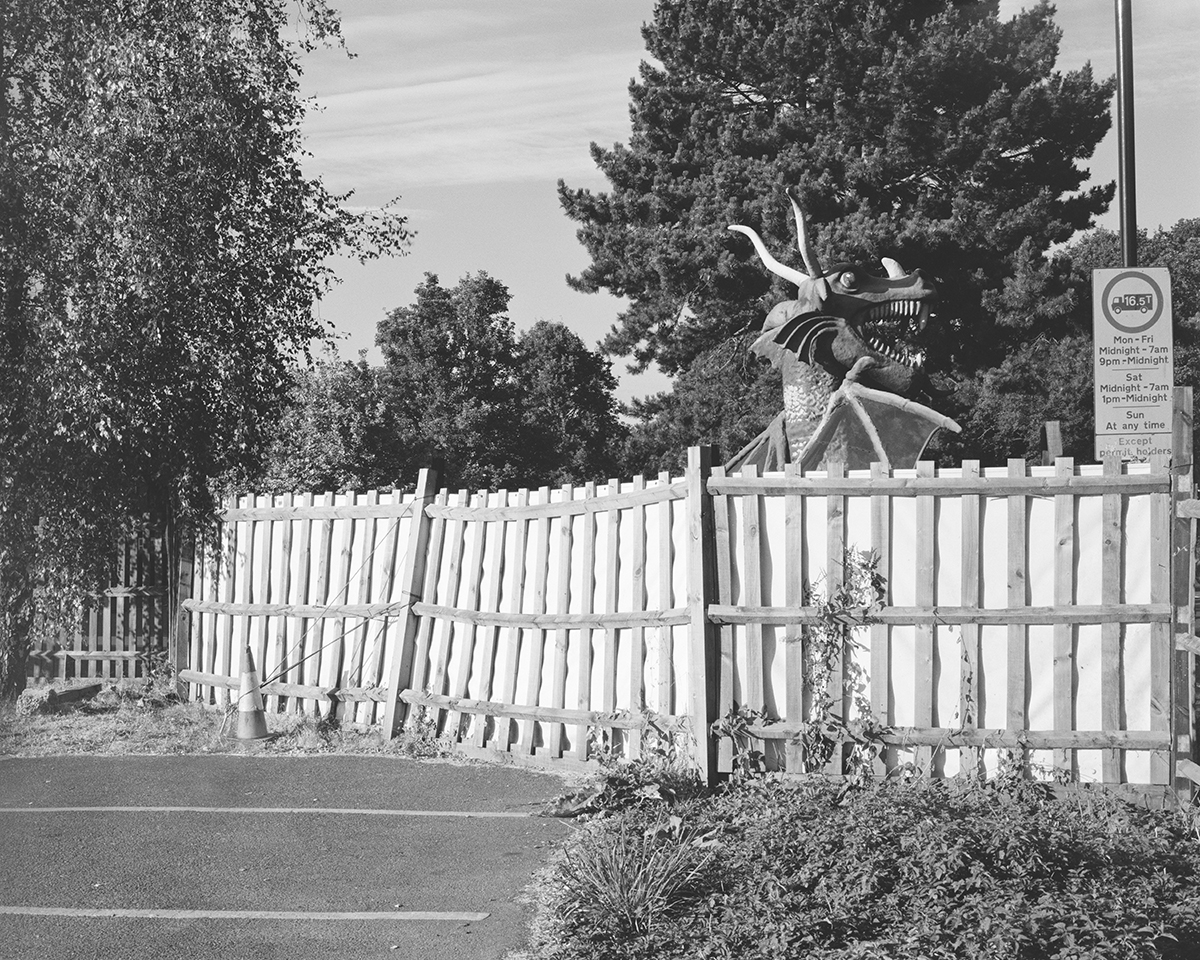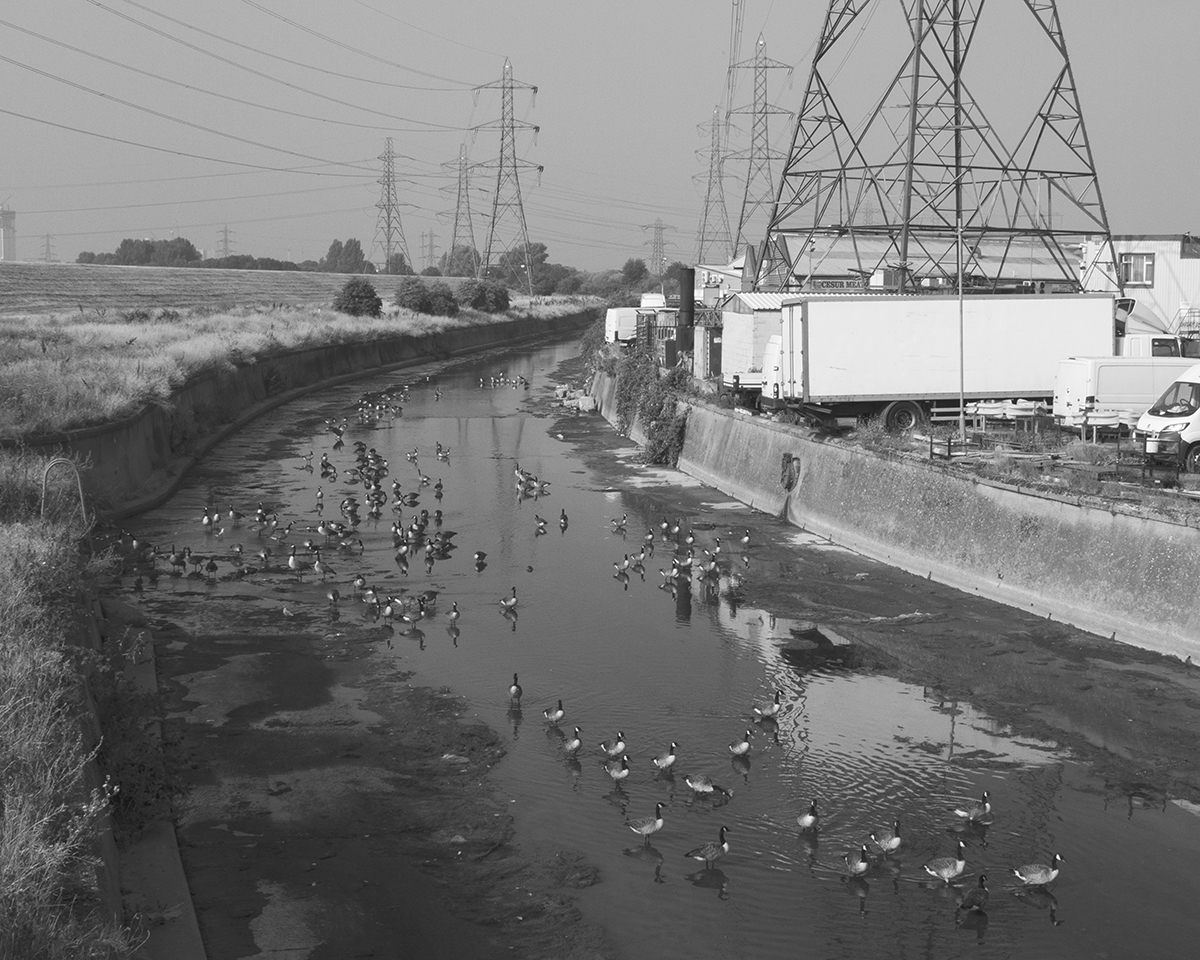no place like home
Austerlitz
W. G. Sebald
“…I regularly set off to explore the outlying districts of the city… to walk through the empty Sunday streets taking hundreds of banlieu-photographs, as I called them, pictures which in their very emptiness, as I realised only later, reflected my orphaned frame of mind.”
On Longing
Susan Stewart
“the souvenir is used most often to evoke a voluntary memory of childhood... it is a childhood voluntarily remembered, a childhood manufactured from its material survivals. Thus it is a collage made of presents rather than a reawakening of a past. As in an album of photographs... the past is constructed from a set of presently existing pieces.”
/
I repeatedly return to wander around the outlying ‘affordable’ districts, previously unknown to me, of the city in which I was brought up. As I do so, I feel a disconnection I cannot quite define. And as I walk more and more, I begin to suspect that this disconnection is not solely of the present, but the re-living of a disconnection I have always felt, as a second generation migrant, to the place I did call home. A disconnection suppressed through the intervening years. And as I try and come to terms with this realisation, I wonder if the glimpses of home I am so desperately seeking - the echo of laughter on concrete, long shadows on tower block balconies, comfortable nooks accessible only by a child, the benches where mum would be able to sit and rest - is a home that ever really existed at all.
The cycle of economic dislocation seems set to repeat itself. I grew up on an inner city council estate, my parents housed there after the need for work brought them to the UK from their native Portugal. Rural Madeira to within a stone’s throw of Big Ben. Forty years on, I face the realisation that, owing to the London housing boom and crisis, if I were to settle in my native city I would be pushed out. To an invisible London far from the postcard icons that encircled my upbringing. An invisible London I wander through on foot, as if experiencing a parallel existence in which I grasp desperately for the familiar.
-----
The title of this series repurposes the English language aphorism “there’s no place like home” as a double-entendre. On one level, it expresses the fact that the London being explored by the artist in no way resembles the London in which they grew up. However, it also brings into question whether the home they remember ever really existed. As Edward Casey reminds us, “The world about which we are nostalgic is at once definite and unattainable...[it] is undeterminable as never having occurred in a particular moment.” If this is indeed the case then, like Sebald’s Austerlitz, the artist’s search for some kind of reconcilliation with the past may be ultimately futile.
